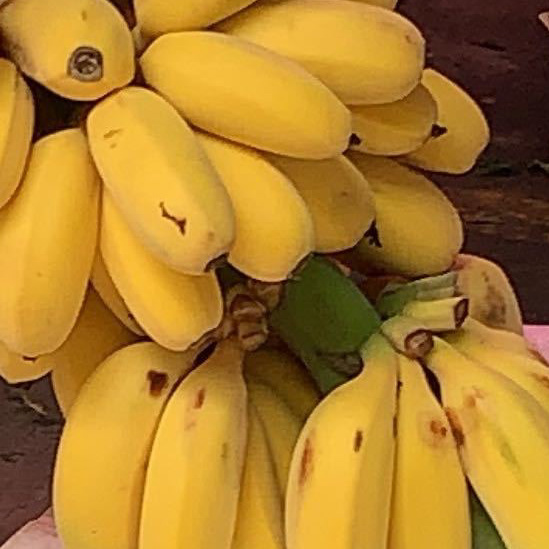These images were taken over the past several years. If traced further back, they would no longer look the way they do now.
The formation of a form takes time; its disappearance also requires another span of time.
The formation of a form takes time; its disappearance also requires another span of time.
In searching for self-expression, what is it that I truly want to express?
It is a complex question—yet it can also be a simple one.
When we step outside the constraints of time, form begins to clarify itself.
It feels complex because we always wish to complete it within a very short moment.
Just like this photobook—I selected all the photographs within two or three hours.
But before that selection, I had sifted, abandoned, and started over countless times.
My digital albums contain folders with various names—
folders that appear, disappear, and are soon replaced by new ones.
It is a complex question—yet it can also be a simple one.
When we step outside the constraints of time, form begins to clarify itself.
It feels complex because we always wish to complete it within a very short moment.
Just like this photobook—I selected all the photographs within two or three hours.
But before that selection, I had sifted, abandoned, and started over countless times.
My digital albums contain folders with various names—
folders that appear, disappear, and are soon replaced by new ones.
I tried to make a work that could genuinely express “what I want to express,”
yet I failed again and again.
So yes, I did spend only a short amount of time,
but what if all those attempts were counted?
Perhaps this is a continuous photographic project—
one that is still ongoing.
yet I failed again and again.
So yes, I did spend only a short amount of time,
but what if all those attempts were counted?
Perhaps this is a continuous photographic project—
one that is still ongoing.
Without leaning on the support of art history, can we still create something new?
A sense of “insufficiency” and “lack of qualification” often surfaces in my mind.
Must we understand a certain school, inherit its forms,
before we can step into the next stage?
This is a question—but it is not addressed to others;
it is a question I pose to myself.
A sense of “insufficiency” and “lack of qualification” often surfaces in my mind.
Must we understand a certain school, inherit its forms,
before we can step into the next stage?
This is a question—but it is not addressed to others;
it is a question I pose to myself.
As I repeatedly label my images with terms of “style” and “form,”
I realize I am no different—
I am also struggling with definitions.
Why not allow creation to appear naturally?
Perhaps that is exactly the process of sensing artistic limits and breaking through them.
I realize I am no different—
I am also struggling with definitions.
Why not allow creation to appear naturally?
Perhaps that is exactly the process of sensing artistic limits and breaking through them.
I want to write about the layered pressures I feel while creating—
from society, from mainstream aesthetics, from the professional world.
Starting from “zero,” with no background at all, how am I supposed to stand?
Yet whenever I attempt to lay all this out, it becomes another form of constraint.
By the time I wrote this, the page was full. I turned to a new sheet and continued.
An empty sheet offers freedom, as long as I stop caring about the horizontal lines beneath it.
from society, from mainstream aesthetics, from the professional world.
Starting from “zero,” with no background at all, how am I supposed to stand?
Yet whenever I attempt to lay all this out, it becomes another form of constraint.
By the time I wrote this, the page was full. I turned to a new sheet and continued.
An empty sheet offers freedom, as long as I stop caring about the horizontal lines beneath it.
Aggregation and Distribution
This is what I can see—and what I hope to express—at this stage.
It is a collection of “unimportant things,”
an album that “exists without needing meaning.”
Everyone sees the world differently;
even when looking at the same image, our perspectives diverge immensely.
Therefore, for me, the content is simply presentation—
a presentation of how the world is currently existing.
It may be real, or it may be virtual.“Aggregation” is the core concept I discovered during this process.
I see images describing a phenomenon:
the tension between subject and setting,
the alternation between dispersion and cohesion.
Even these “aggregations” themselves can become subjects.
They reveal the essence of materiality:
existence and transformation.
It is a collection of “unimportant things,”
an album that “exists without needing meaning.”
Everyone sees the world differently;
even when looking at the same image, our perspectives diverge immensely.
Therefore, for me, the content is simply presentation—
a presentation of how the world is currently existing.
It may be real, or it may be virtual.“Aggregation” is the core concept I discovered during this process.
I see images describing a phenomenon:
the tension between subject and setting,
the alternation between dispersion and cohesion.
Even these “aggregations” themselves can become subjects.
They reveal the essence of materiality:
existence and transformation.
Aggregation resists humanity’s desire to impose expectations on creation.
It allows form to densify and integrate on its own,
no longer serving a particular center or purpose.
Art, however, often tries to use form to uncover “essence,”
to chase a defined object of “purity” or “oneness.”
That is the human instinct to find certainty within chaos.
It allows form to densify and integrate on its own,
no longer serving a particular center or purpose.
Art, however, often tries to use form to uncover “essence,”
to chase a defined object of “purity” or “oneness.”
That is the human instinct to find certainty within chaos.
Yet the essence of life as I observe it is the opposite—
it embraces everything: chaos and order, reality and virtuality, intent and accident.
It does not seek to return to a single core;
instead, it flows continuously between becoming and dissolving.
The more we attempt to construct a “pure” concept,
the farther we stray from its actual existence.
For the world is exactly like this:
real, chaotic, and yet perfectly complete.
it embraces everything: chaos and order, reality and virtuality, intent and accident.
It does not seek to return to a single core;
instead, it flows continuously between becoming and dissolving.
The more we attempt to construct a “pure” concept,
the farther we stray from its actual existence.
For the world is exactly like this:
real, chaotic, and yet perfectly complete.
We have only one world, only one life.
And what you see here—this “aggregation and distribution”—
is simply the way the world is perceived, observed, and experienced.
Aggregation reveals the density and morphology of existence;
distribution is the externalization of the photographic process—
not a mere visual arrangement
but a scattering of energy, the trace of an individual moving within the world.
And what you see here—this “aggregation and distribution”—
is simply the way the world is perceived, observed, and experienced.
Aggregation reveals the density and morphology of existence;
distribution is the externalization of the photographic process—
not a mere visual arrangement
but a scattering of energy, the trace of an individual moving within the world.
When a photographer handles the distribution of all elements in a frame,
they are also confronting the world’s field of integrated information.
Every act of framing and composition
responds to a larger logic of distribution—
a rule guided not by human will,
but by the world’s own order.
they are also confronting the world’s field of integrated information.
Every act of framing and composition
responds to a larger logic of distribution—
a rule guided not by human will,
but by the world’s own order.
In this sense,
distribution is not only the observation of the external world,
but also an extension of internal consciousness.
Within each image, I co-exist with nature, people, and objects—
together forming this ongoing movement of integration and separation.
distribution is not only the observation of the external world,
but also an extension of internal consciousness.
Within each image, I co-exist with nature, people, and objects—
together forming this ongoing movement of integration and separation.
When I walk into the forest,
trees, wind, light, dust, sound, and humidity gather as one—
we call it a forest.
And I, too, am within it.
I sense the essence of that encounter—
a sound resonating inside me,
as if the world itself were speaking through distribution.
This sound does not arise from any singular subject;
it is the echo of all things freely expressing themselves through their own laws.
It belongs neither to me nor to any “center.”
It simply exists—
within distribution, within aggregation,
manifesting creation in its truest form.
trees, wind, light, dust, sound, and humidity gather as one—
we call it a forest.
And I, too, am within it.
I sense the essence of that encounter—
a sound resonating inside me,
as if the world itself were speaking through distribution.
This sound does not arise from any singular subject;
it is the echo of all things freely expressing themselves through their own laws.
It belongs neither to me nor to any “center.”
It simply exists—
within distribution, within aggregation,
manifesting creation in its truest form.
Thus, as you flip through this book,
the “distributions” you see
are both my response to the world
and the world’s reverberation within me.
They are both objective and subjective;
both natural and man-made.
Ultimately, within this visual space,
they gather once again into a single whole.
the “distributions” you see
are both my response to the world
and the world’s reverberation within me.
They are both objective and subjective;
both natural and man-made.
Ultimately, within this visual space,
they gather once again into a single whole.
As you turn each page,
you will encounter these sets of opposites—
true and false, looking down and looking straight ahead, yin and yang, center and edge,
sensation and imagination, infrastructure and interior decoration, planning and looseness,
intentional and unintentional, road and sidewalk, subject and non-subject,
sparse and dense, light and dark, vertical and horizontal,
excessive and just right, twisted and straight,
flat and steep, rhythmic and abrupt,
left and right, emergence and decay,
large and small, symbiosis and possession, part and whole,
harmonious and discordant, smooth tiles and a ground of mud,
real and rendered, actual and virtual,
aligned and misaligned, near and far…
you will encounter these sets of opposites—
true and false, looking down and looking straight ahead, yin and yang, center and edge,
sensation and imagination, infrastructure and interior decoration, planning and looseness,
intentional and unintentional, road and sidewalk, subject and non-subject,
sparse and dense, light and dark, vertical and horizontal,
excessive and just right, twisted and straight,
flat and steep, rhythmic and abrupt,
left and right, emergence and decay,
large and small, symbiosis and possession, part and whole,
harmonious and discordant, smooth tiles and a ground of mud,
real and rendered, actual and virtual,
aligned and misaligned, near and far…
The entire photobook unfolds—and dissolves—
between these cycles of aggregation and distribution.
between these cycles of aggregation and distribution.
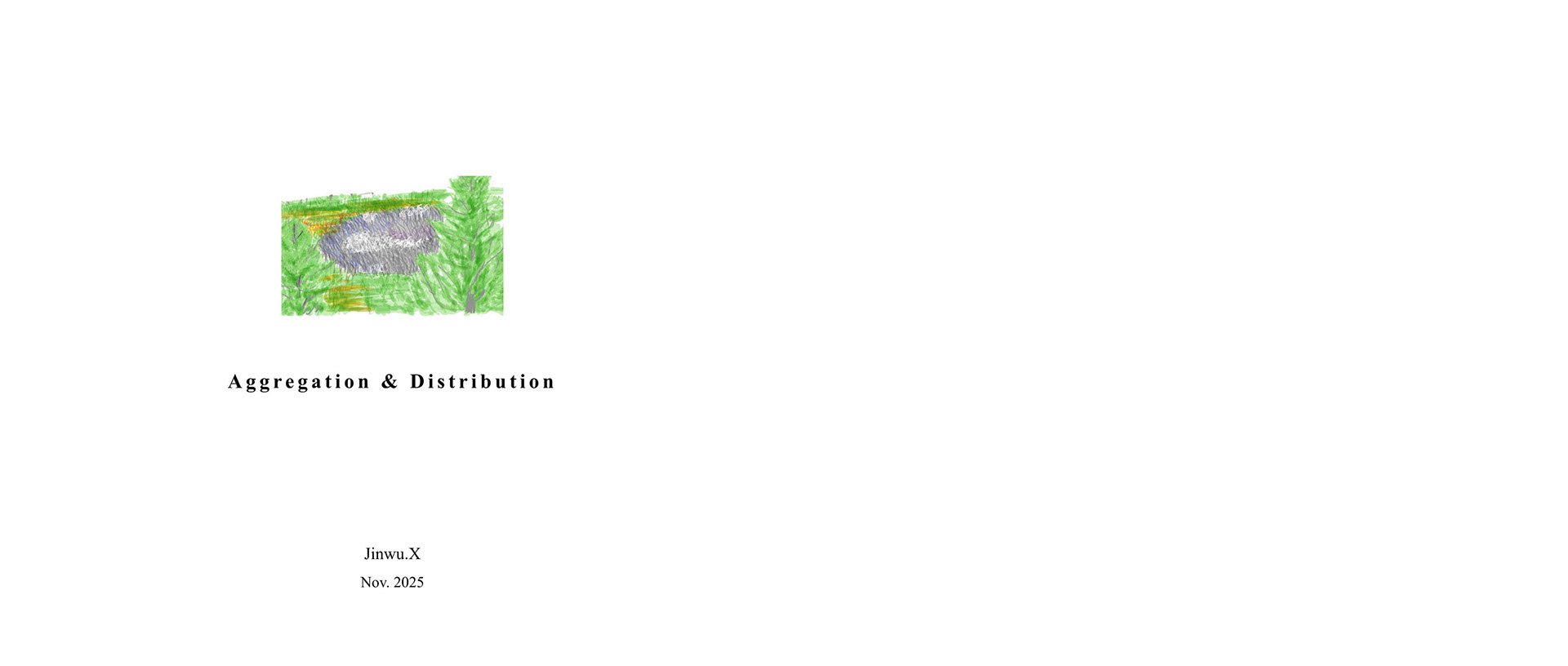
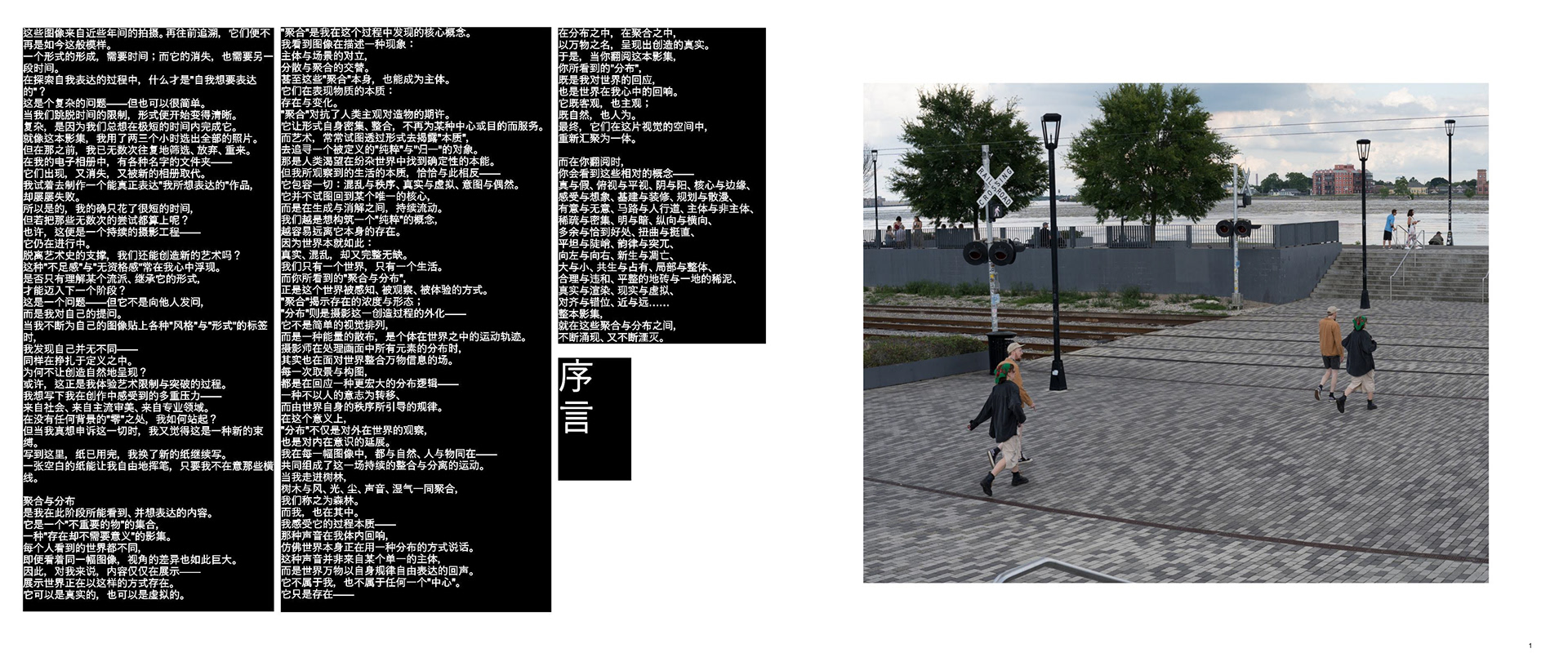
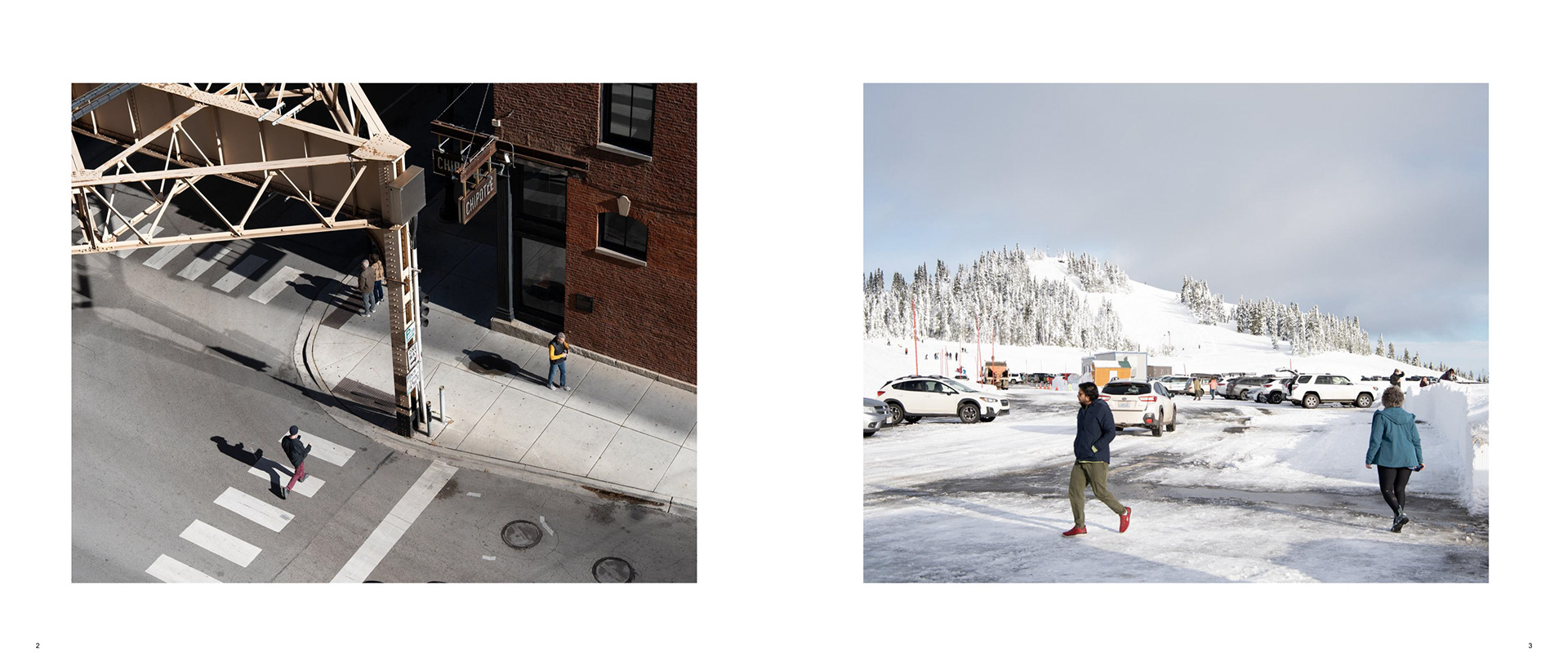
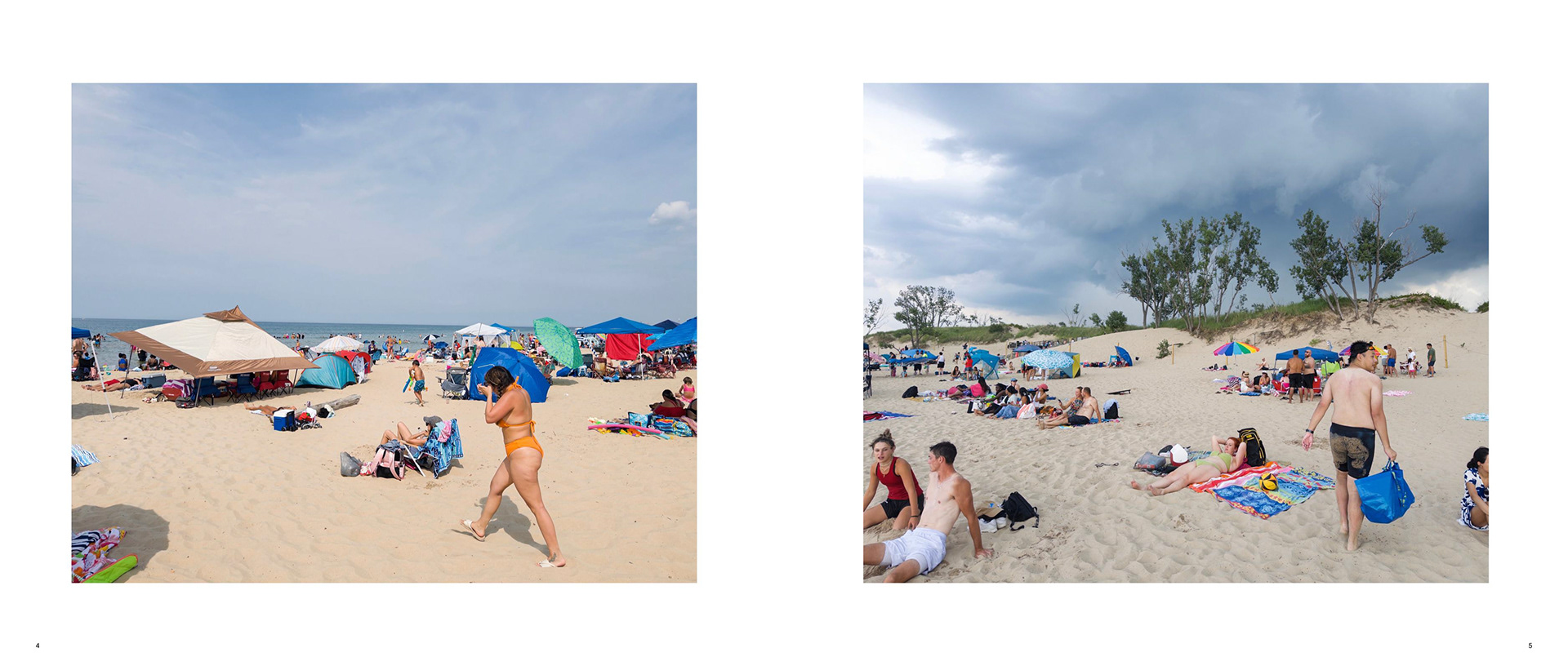
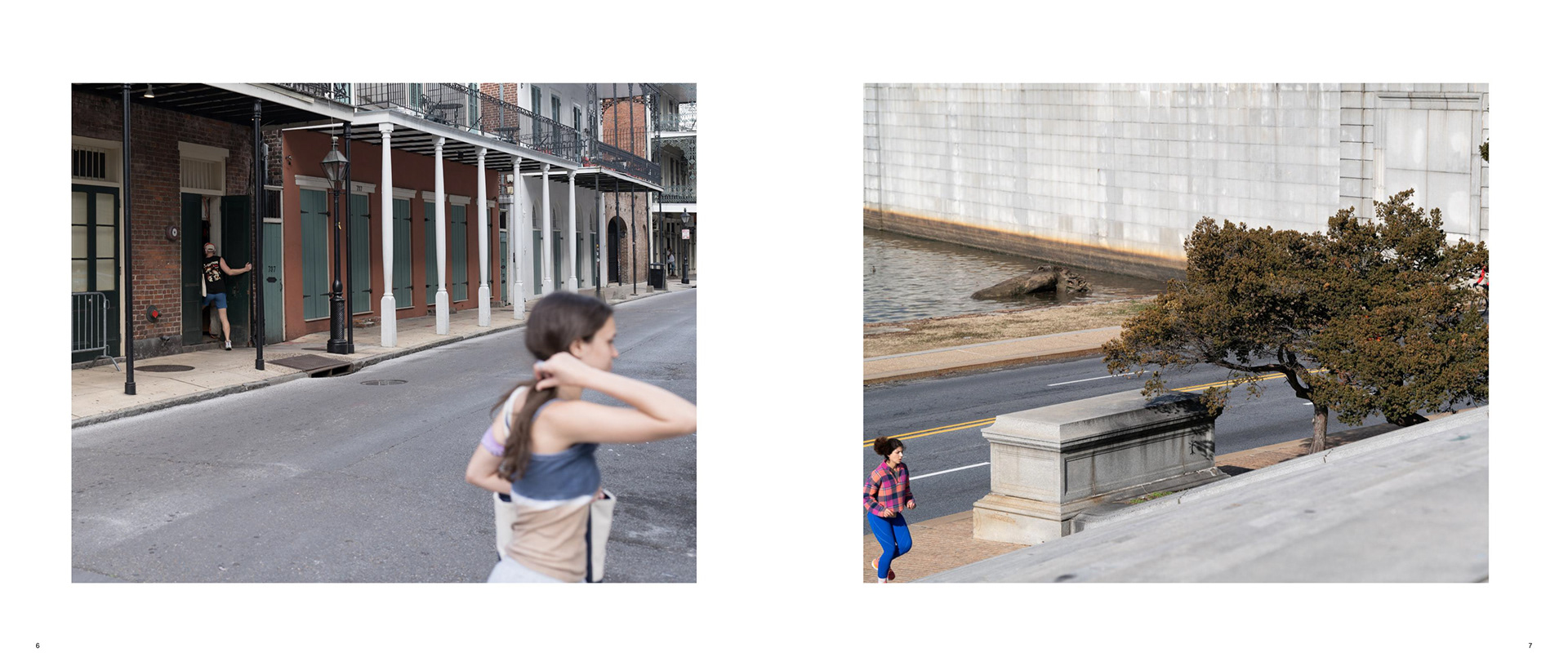
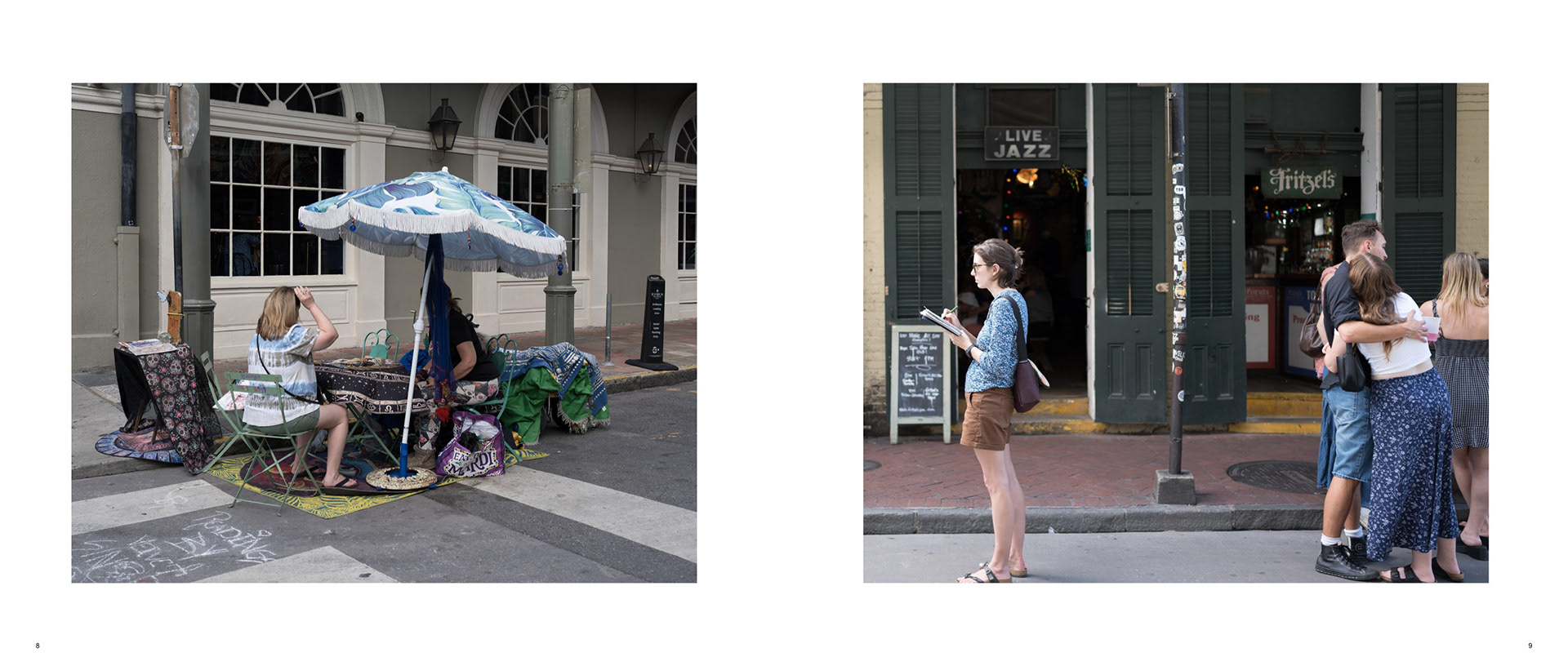
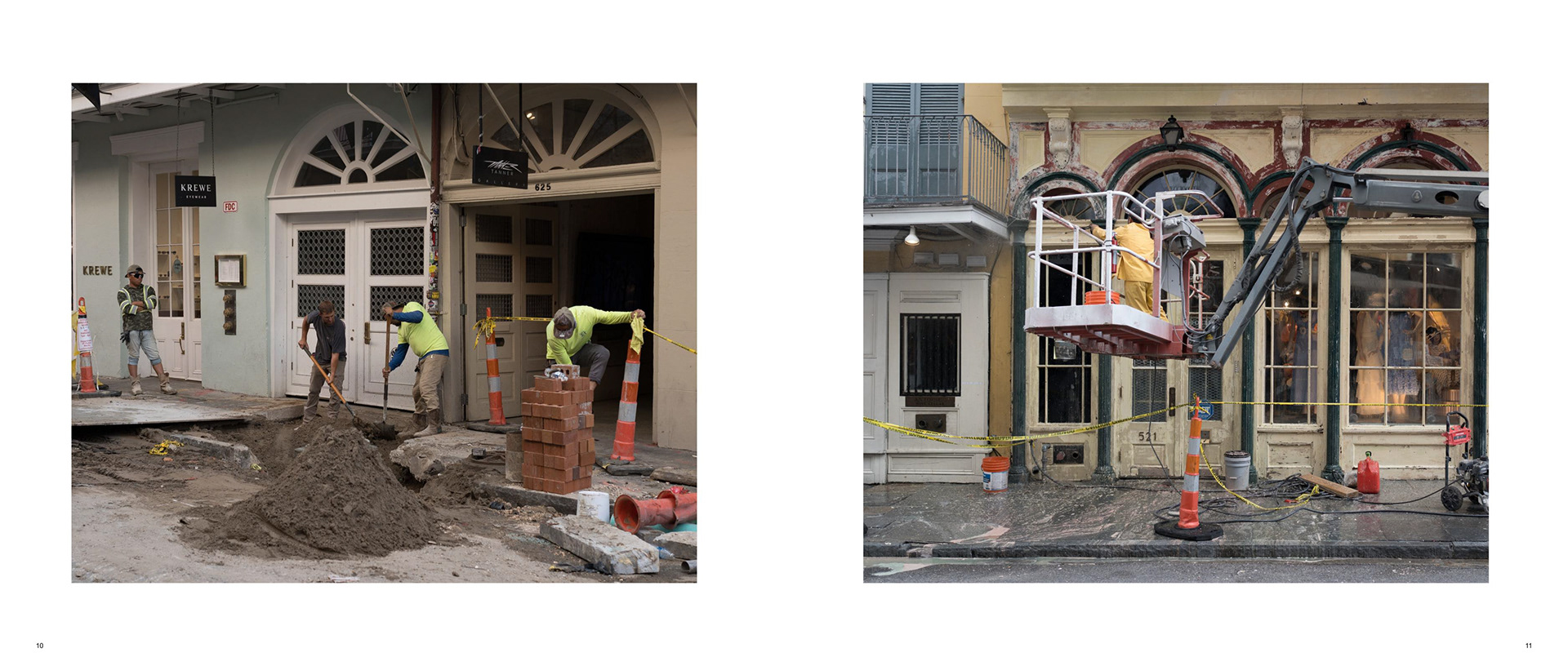

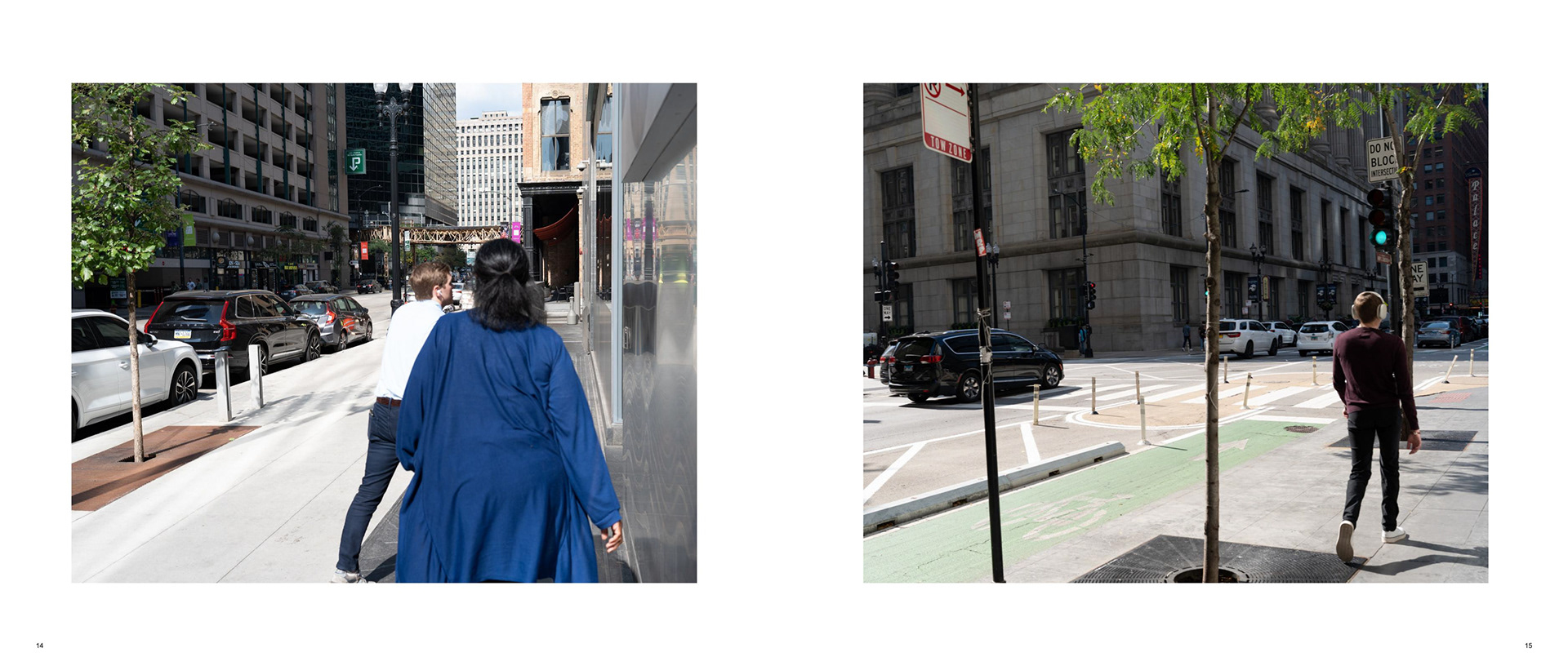
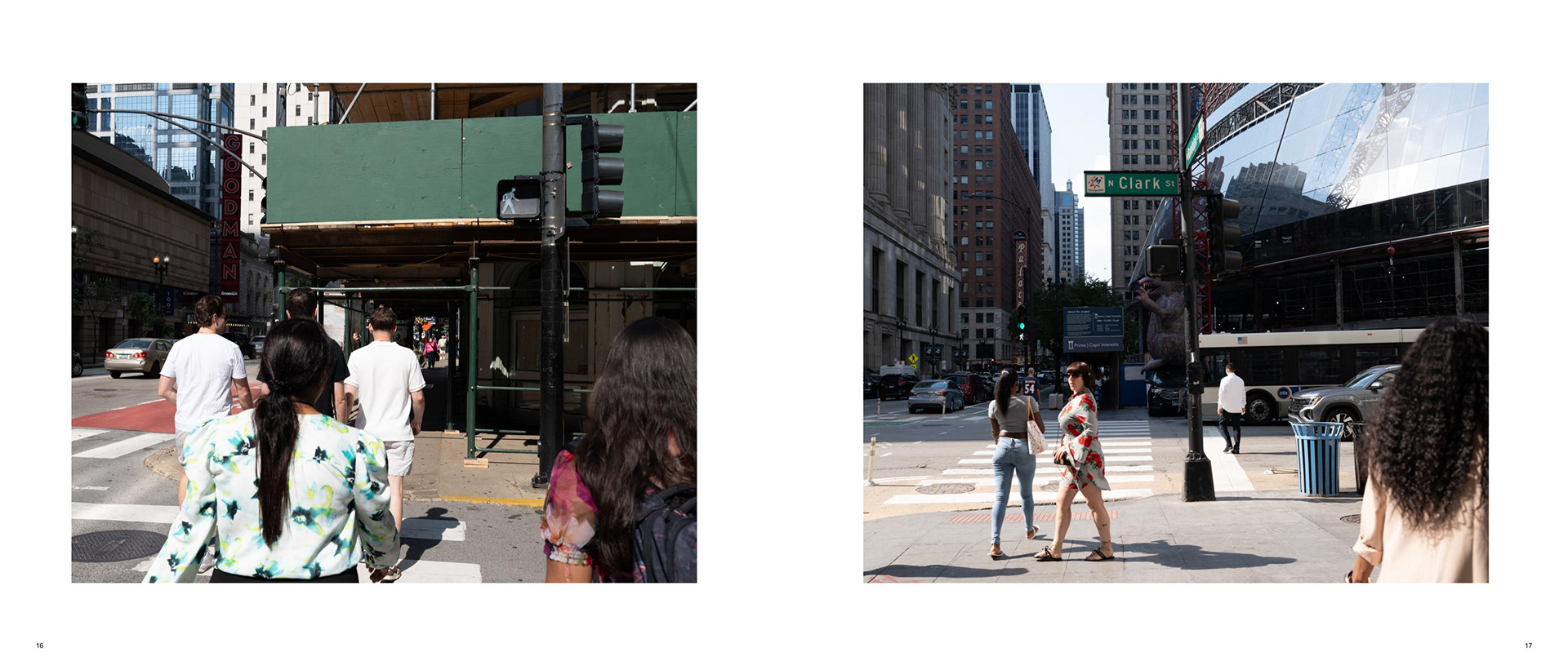



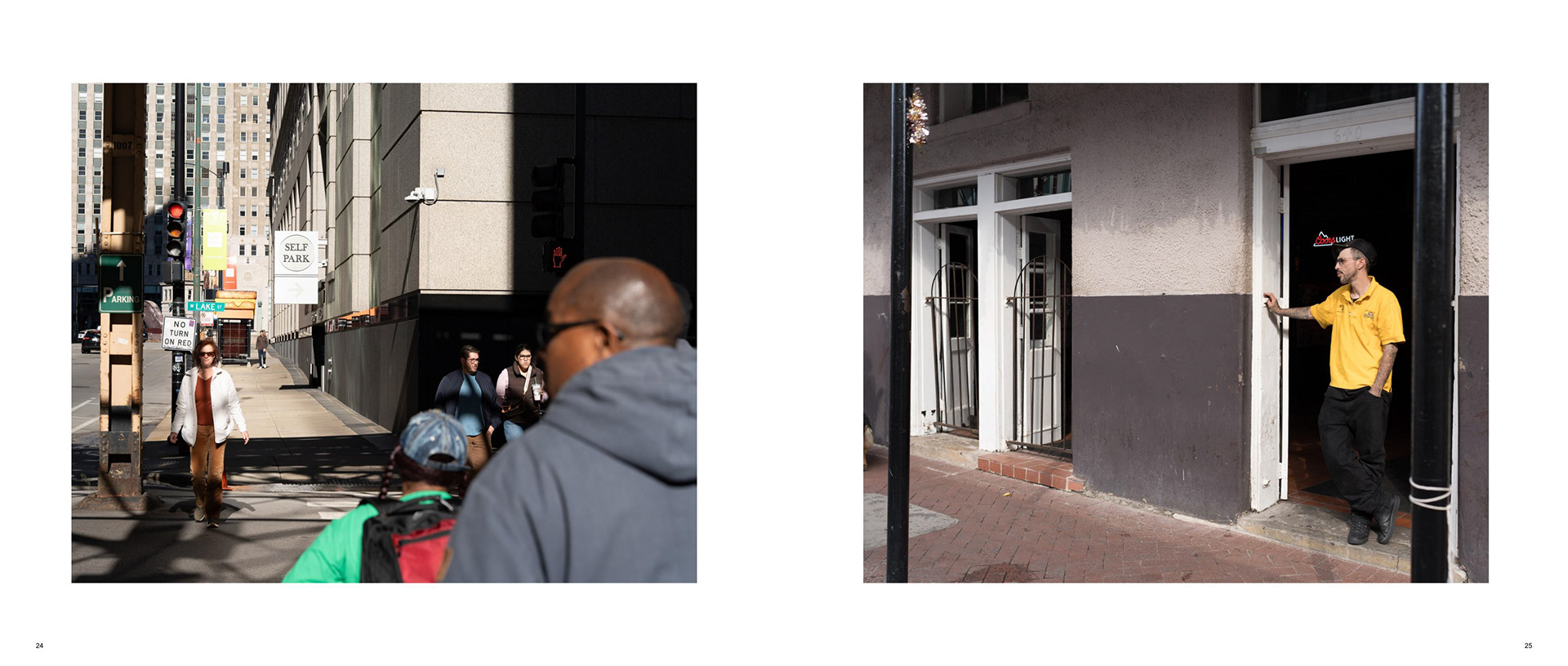
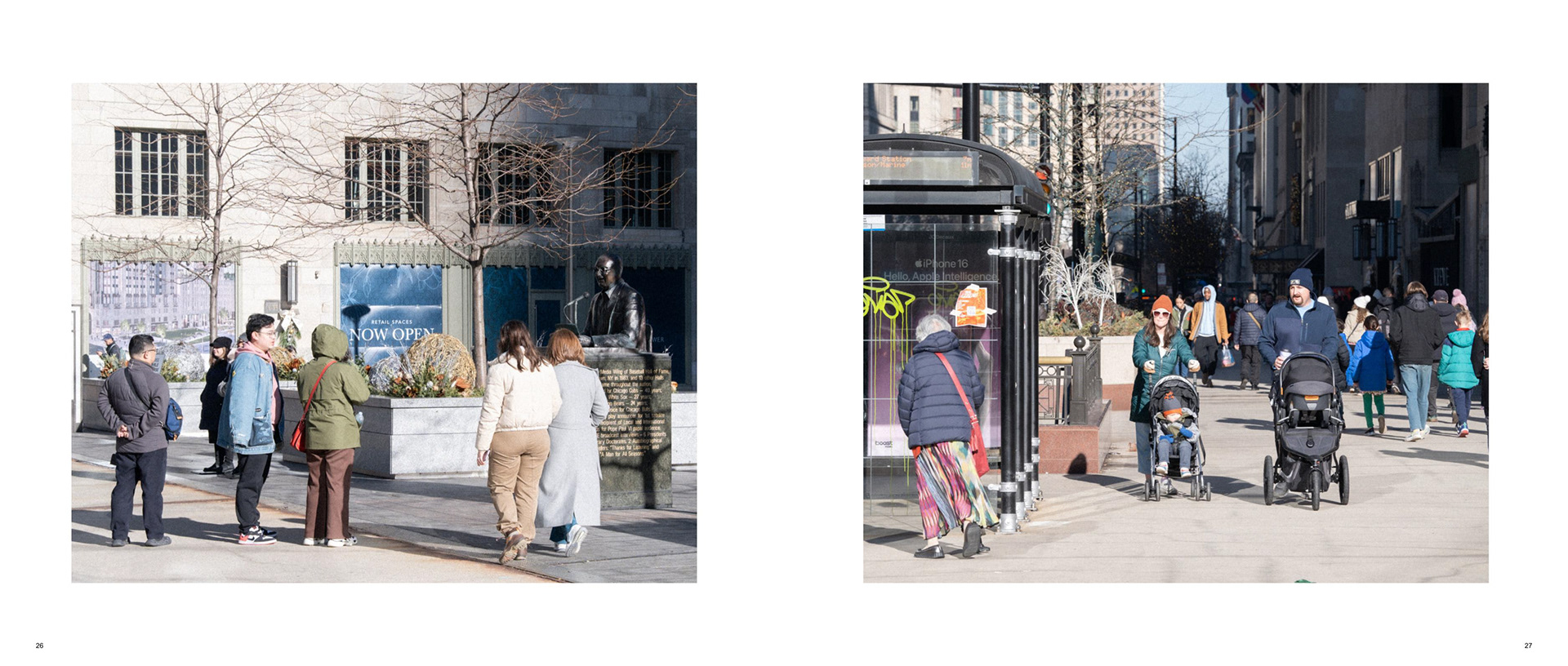
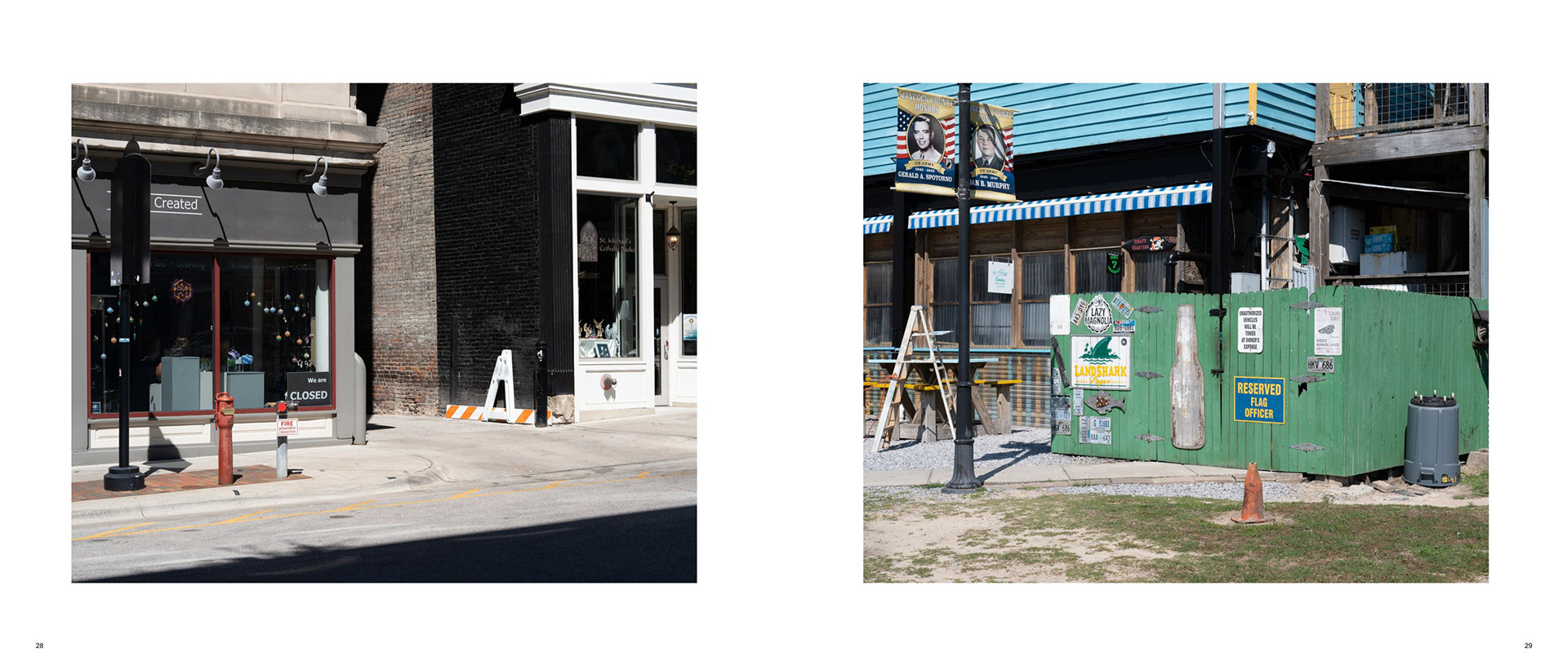
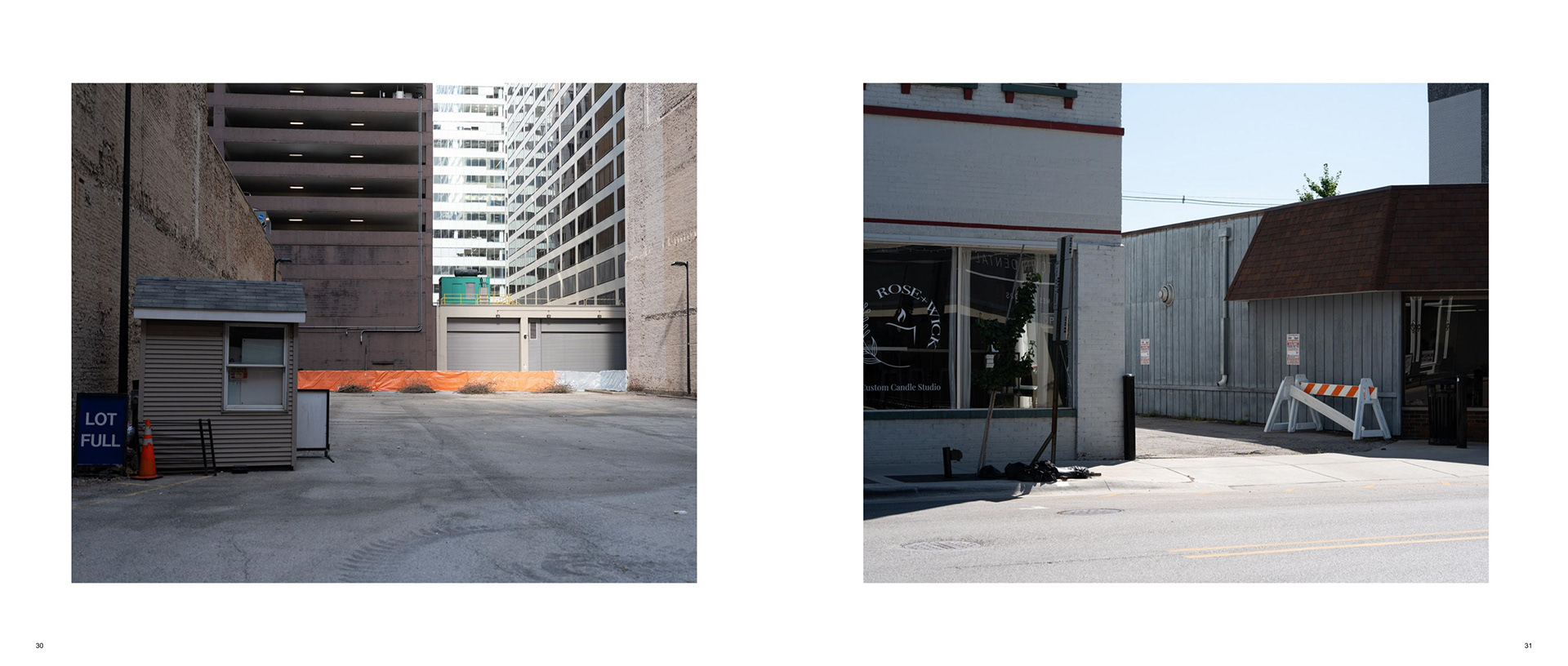
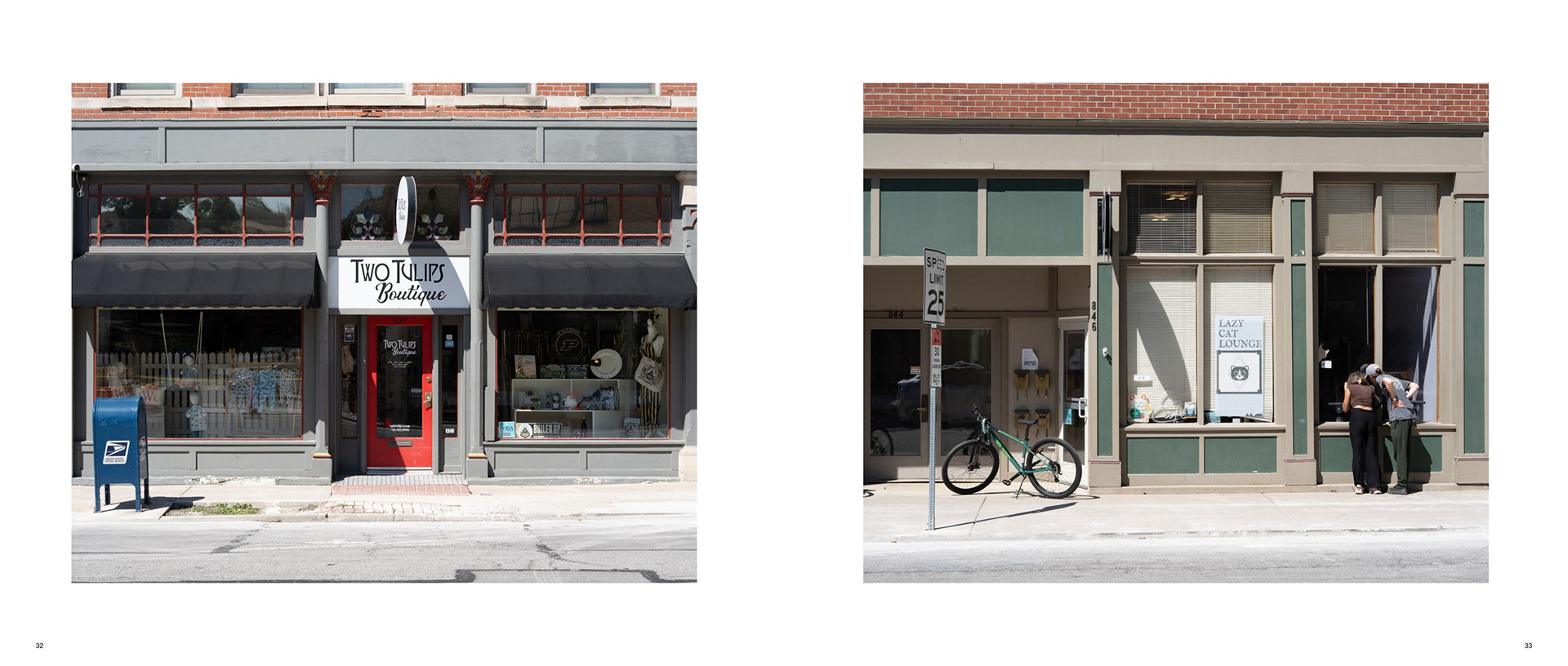
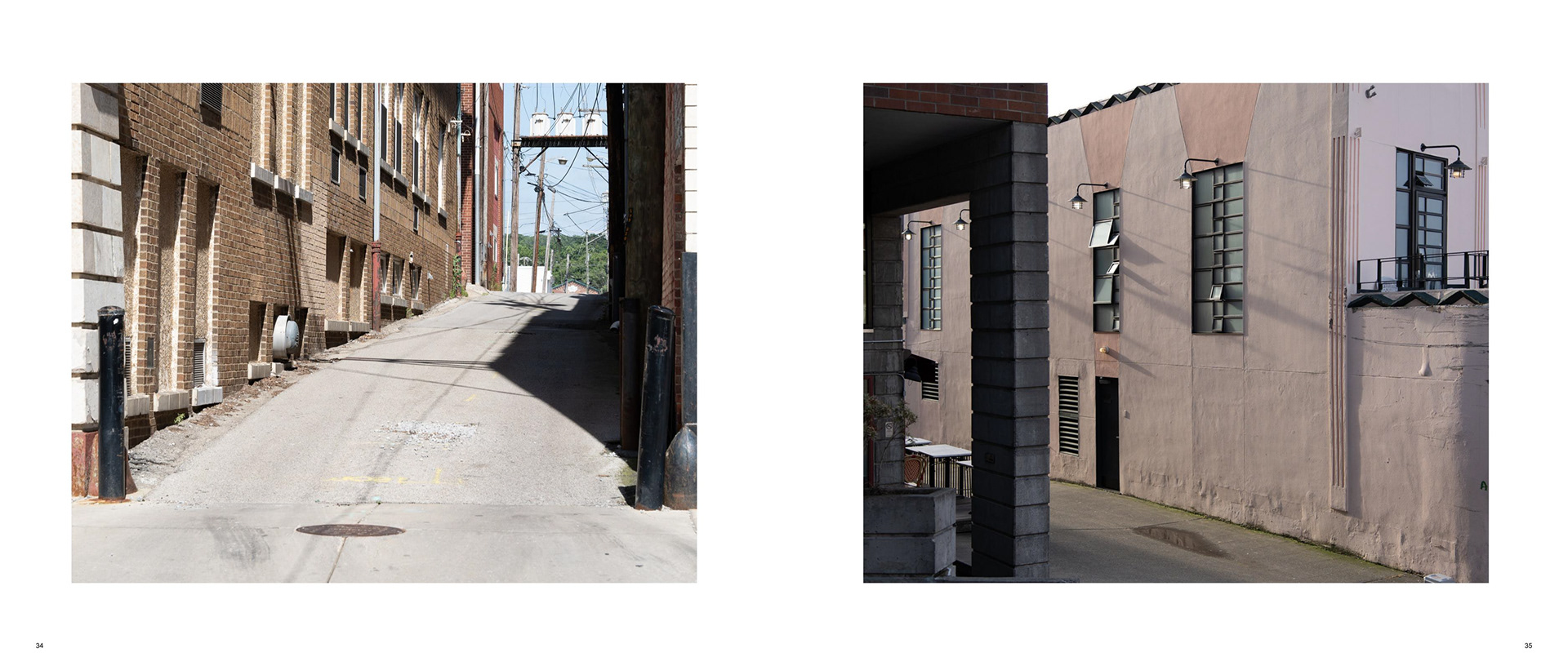
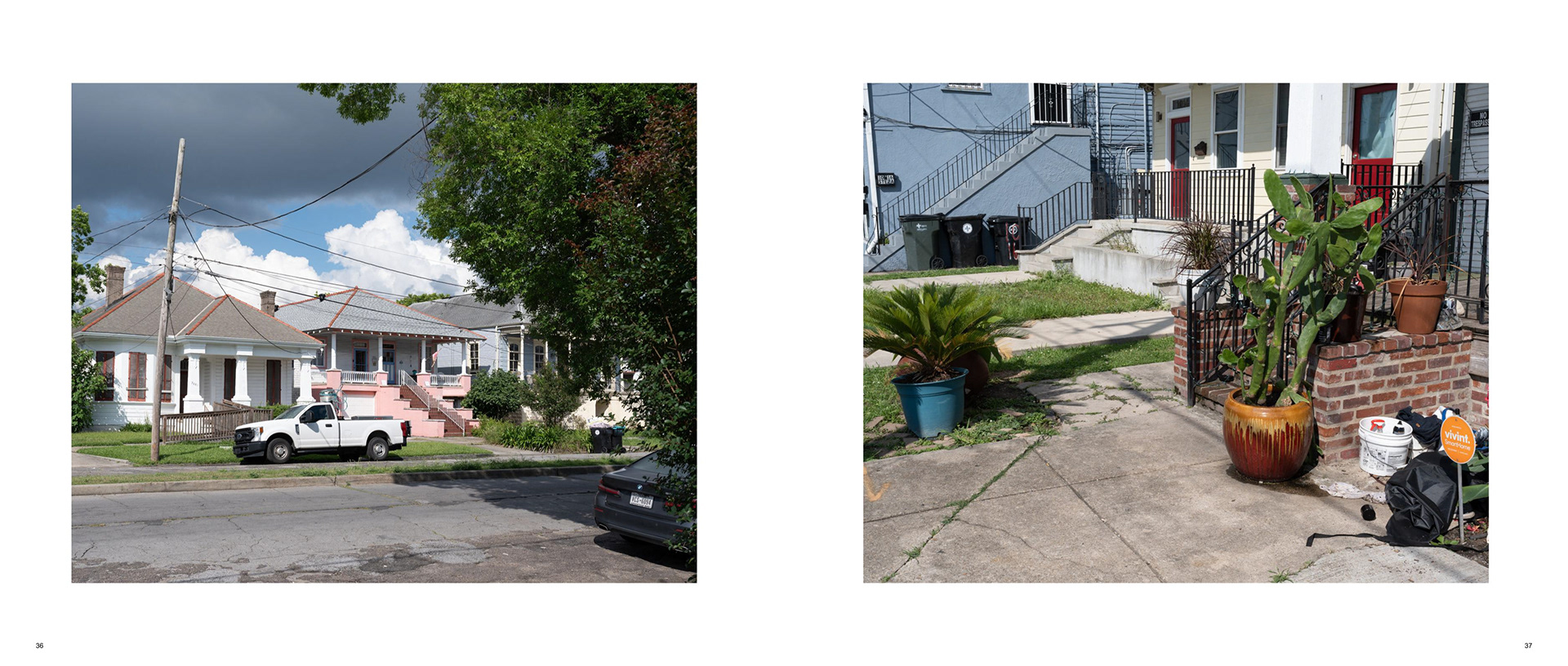
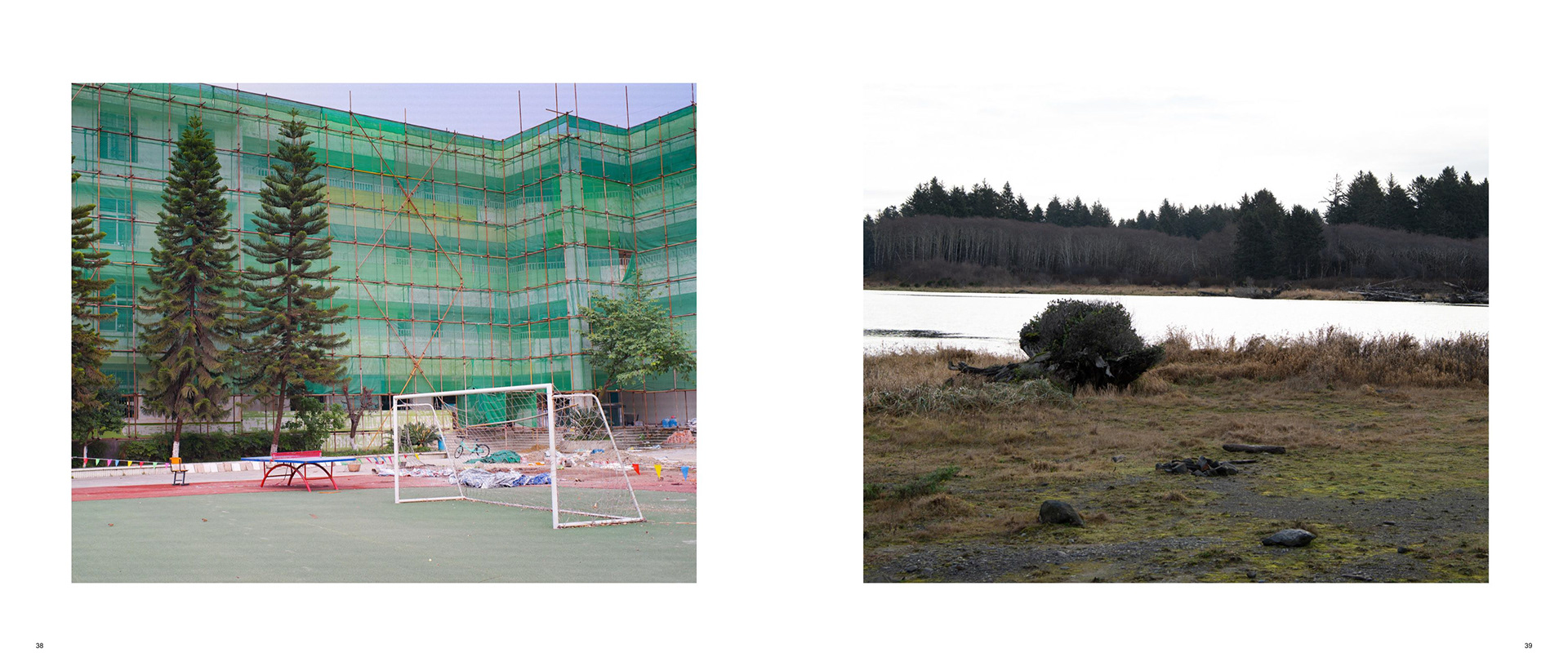
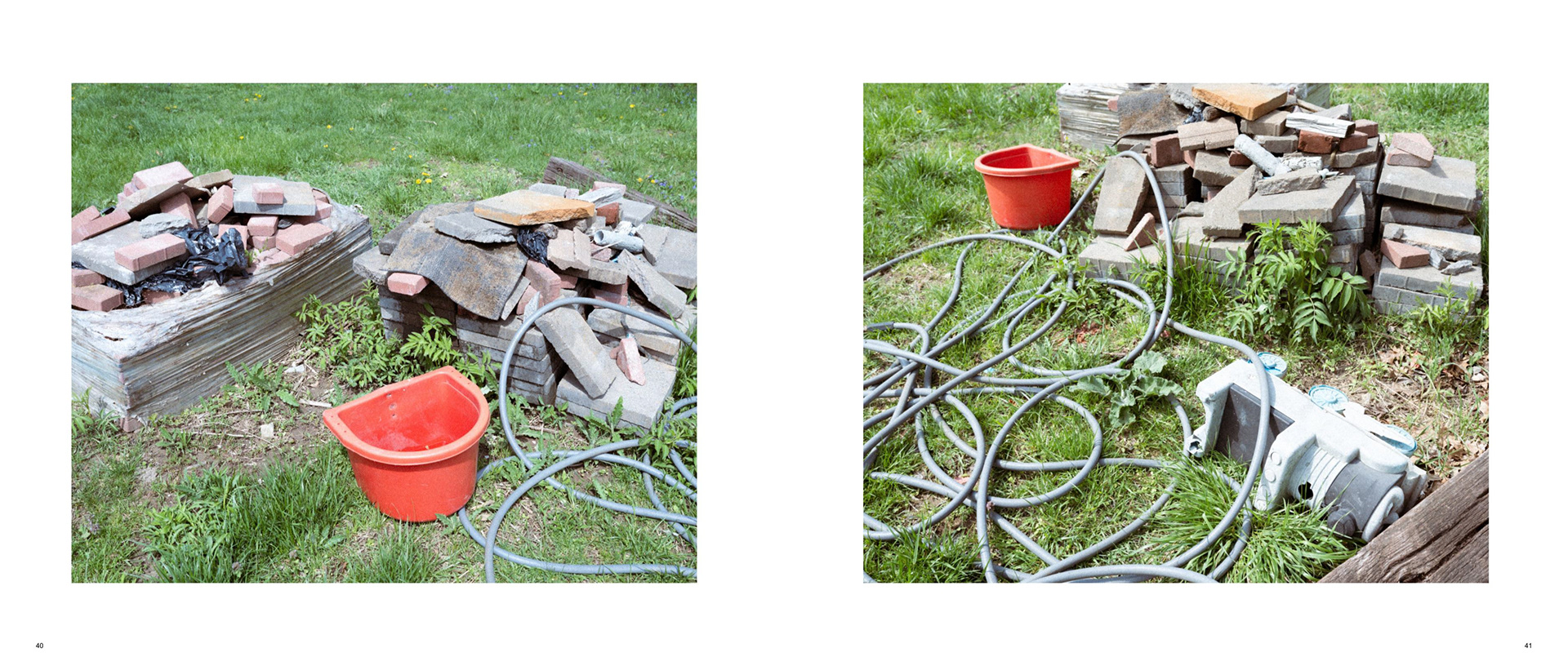


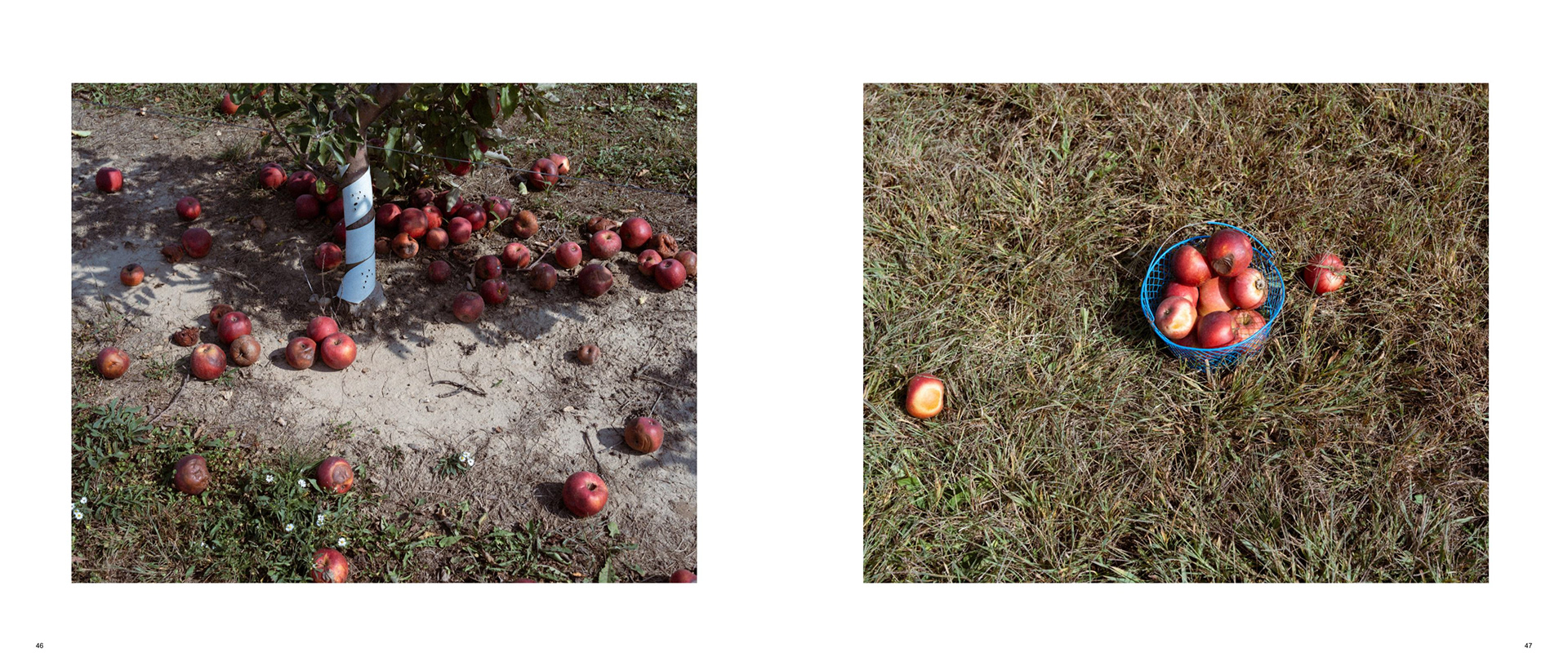



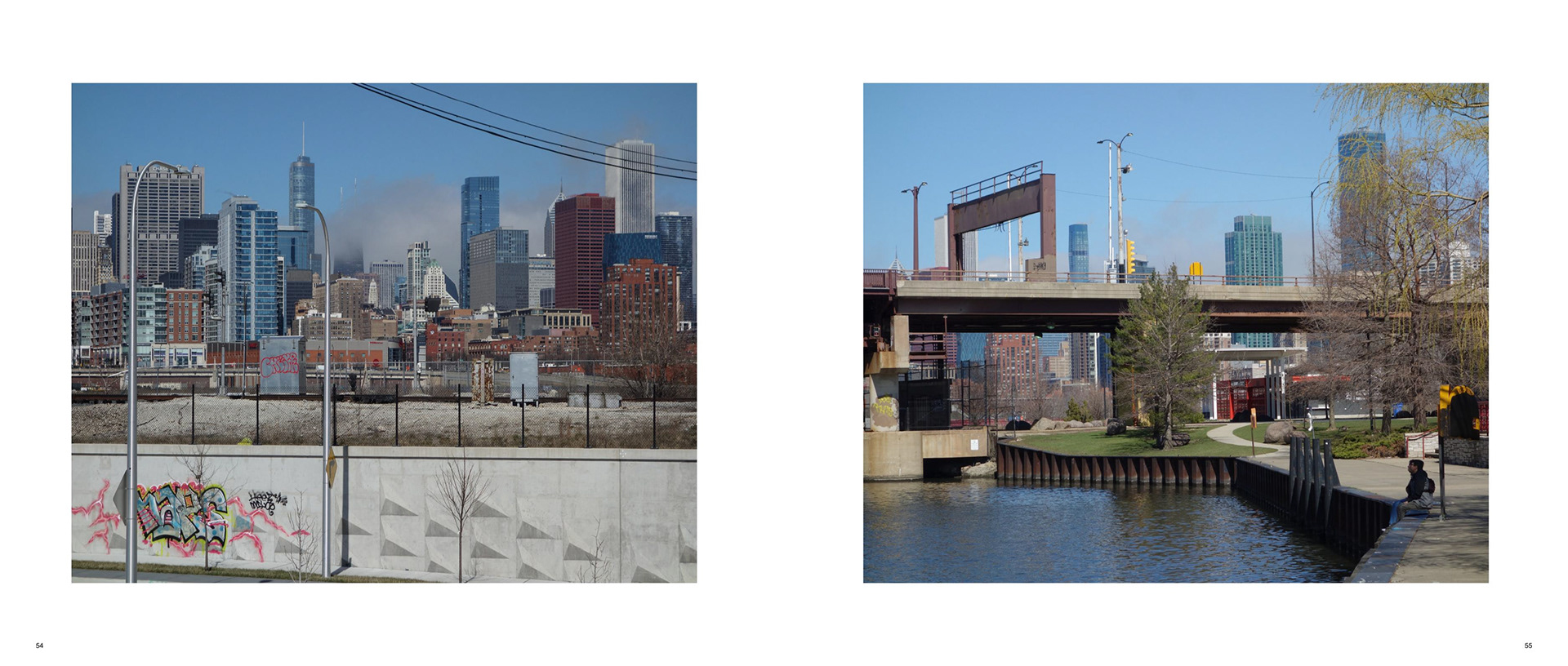

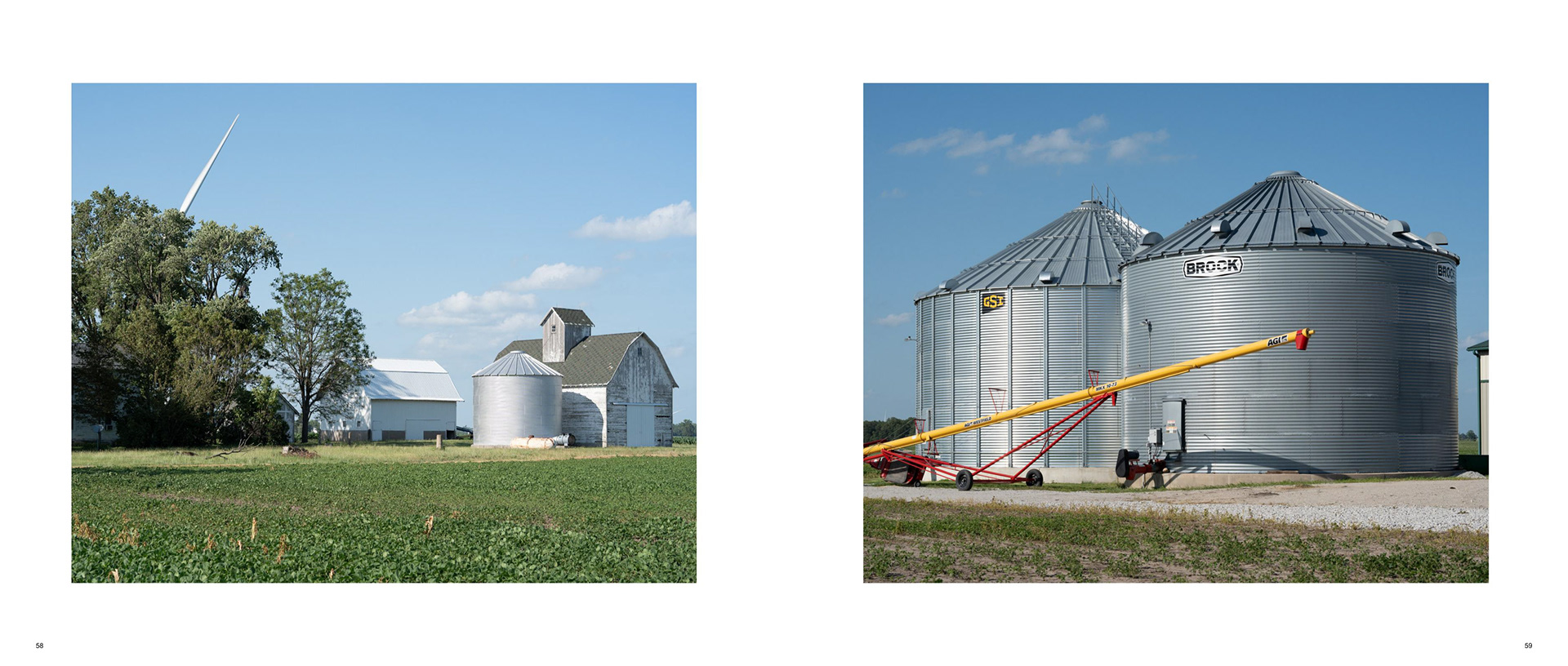
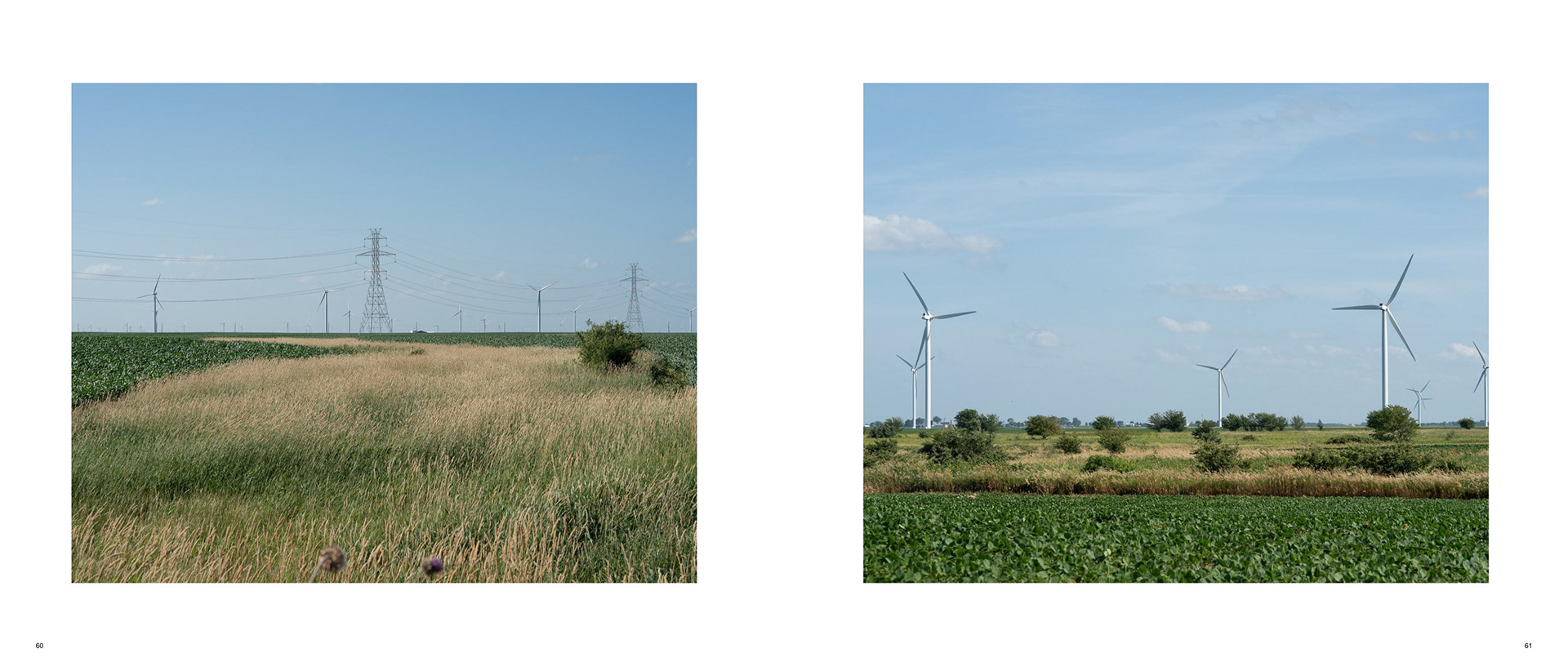
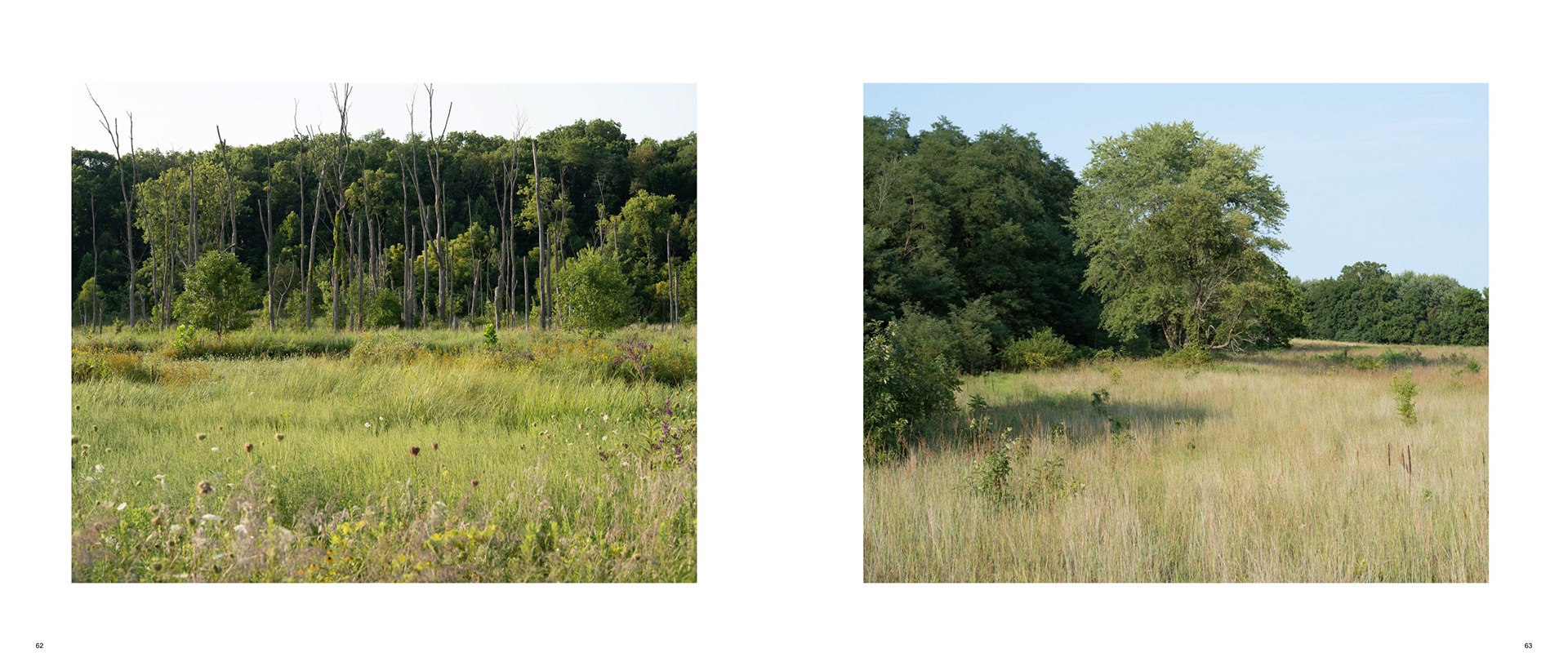
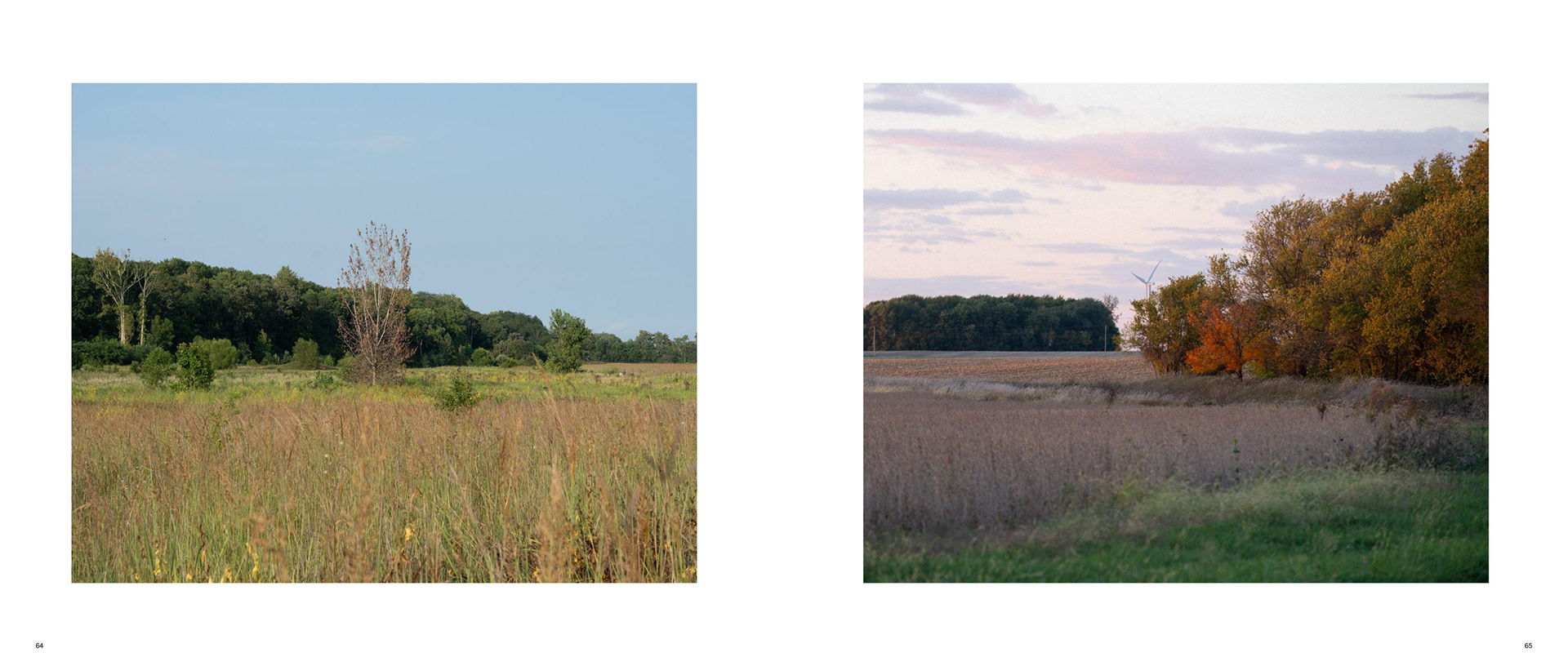
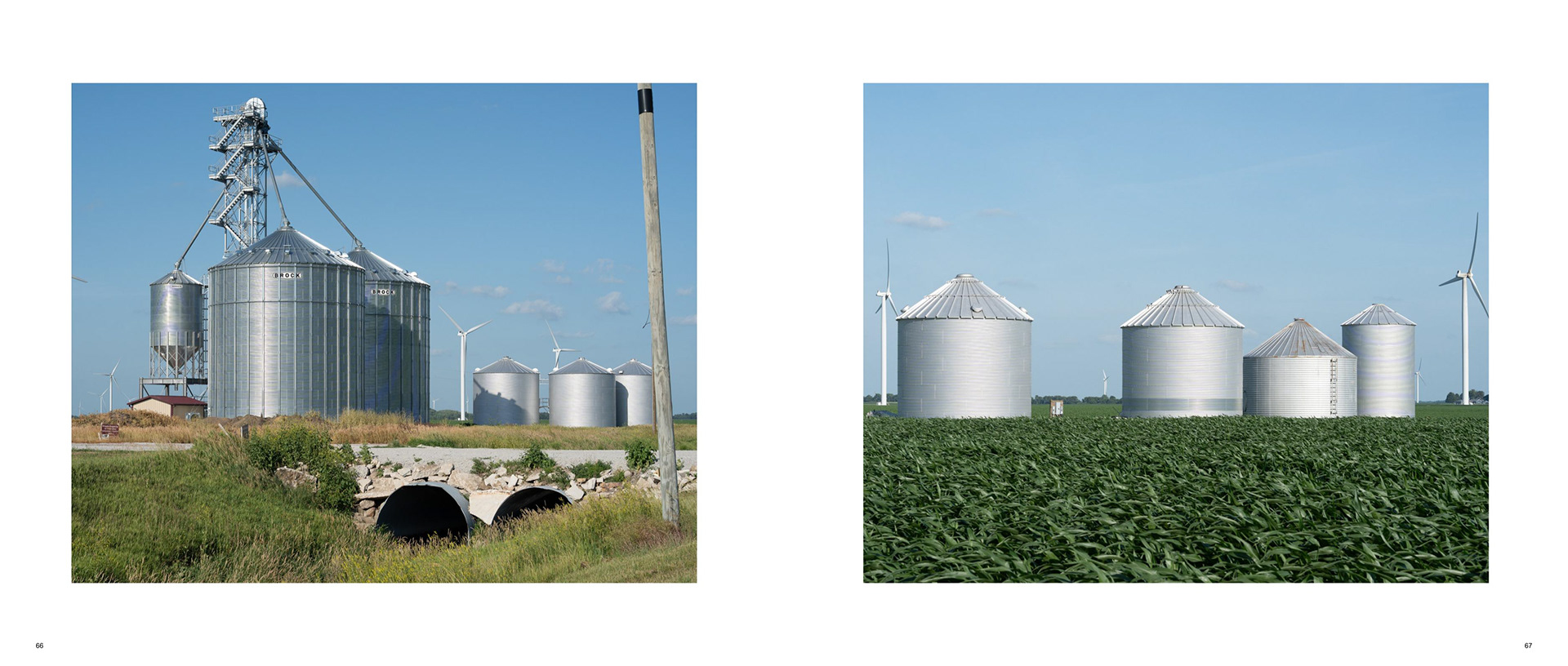
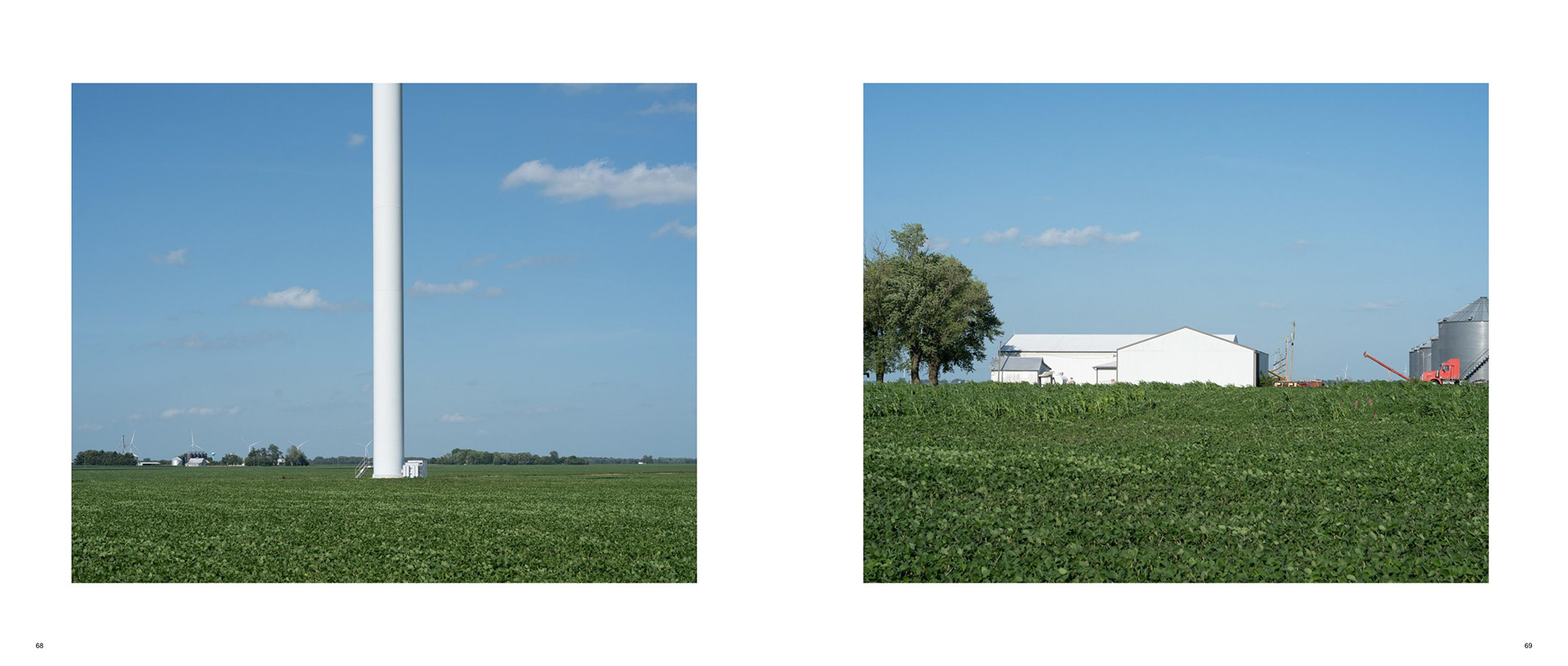



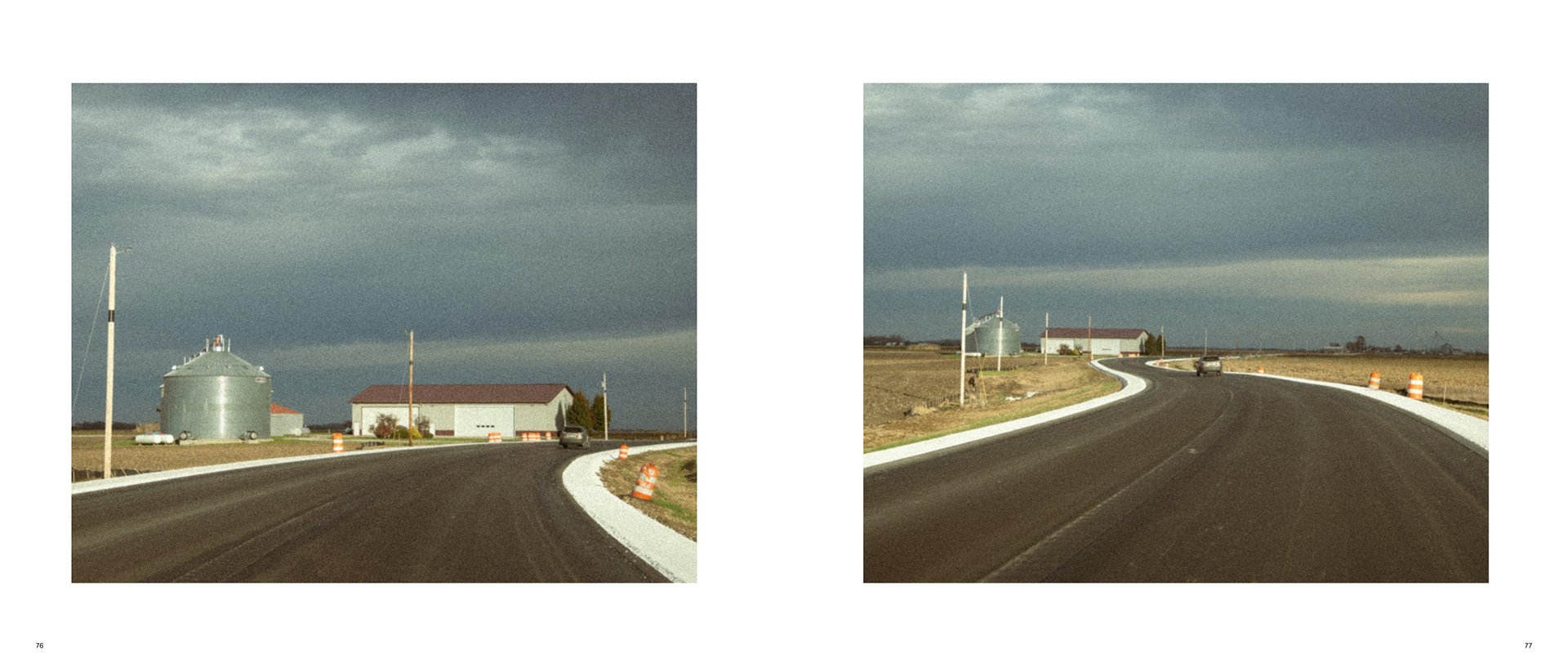

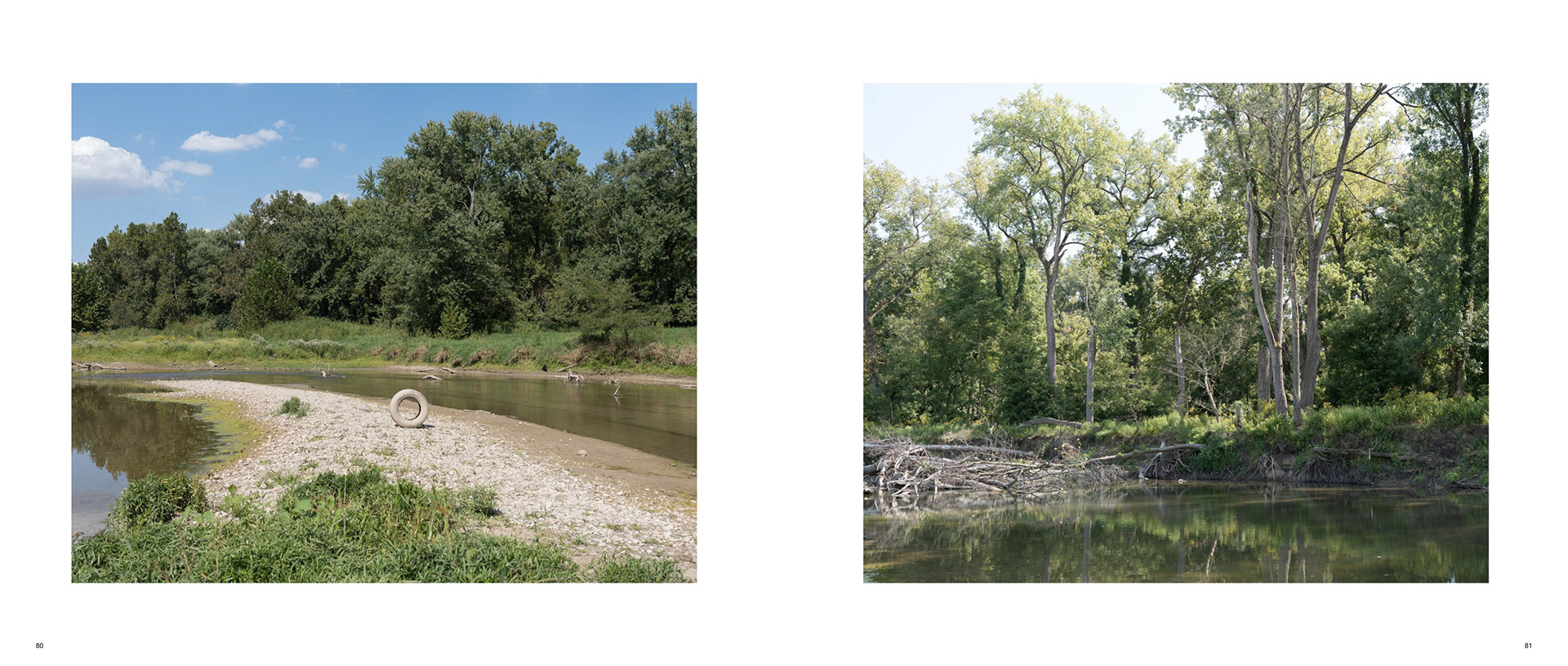
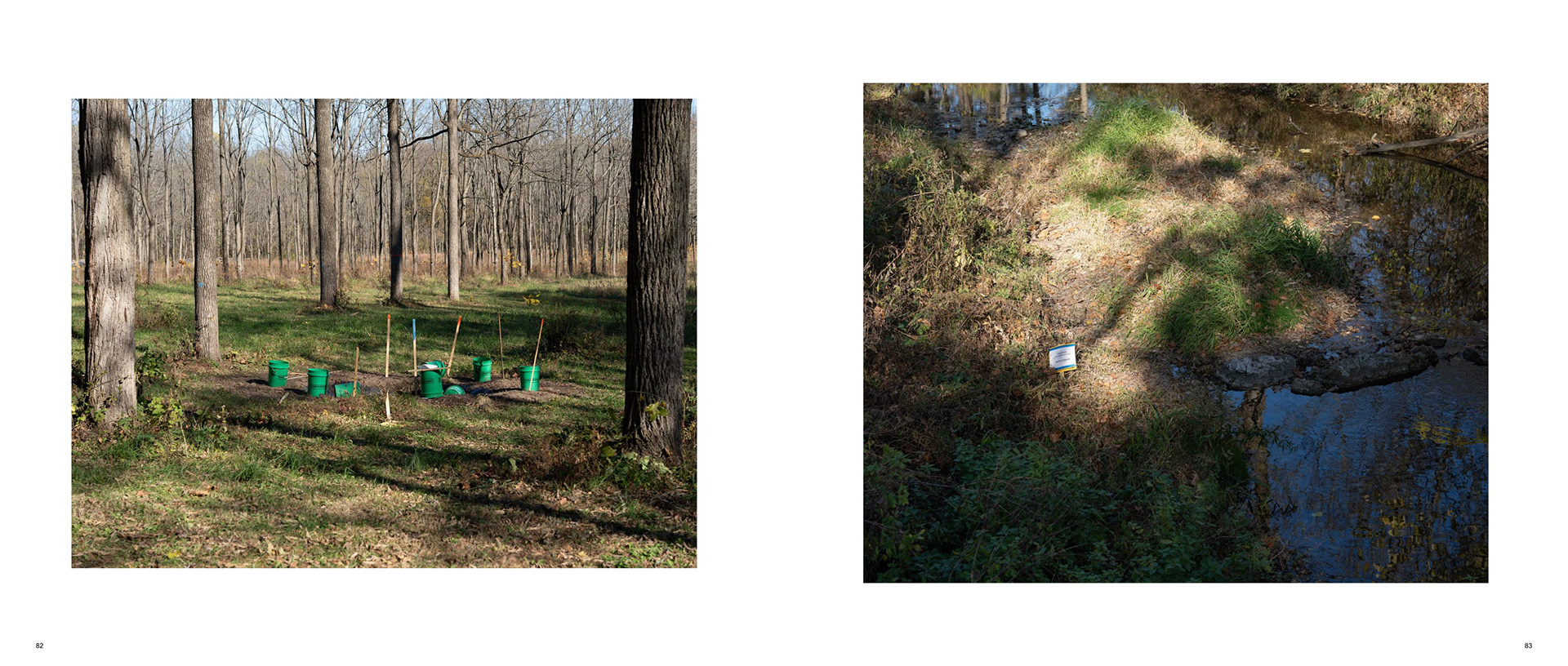
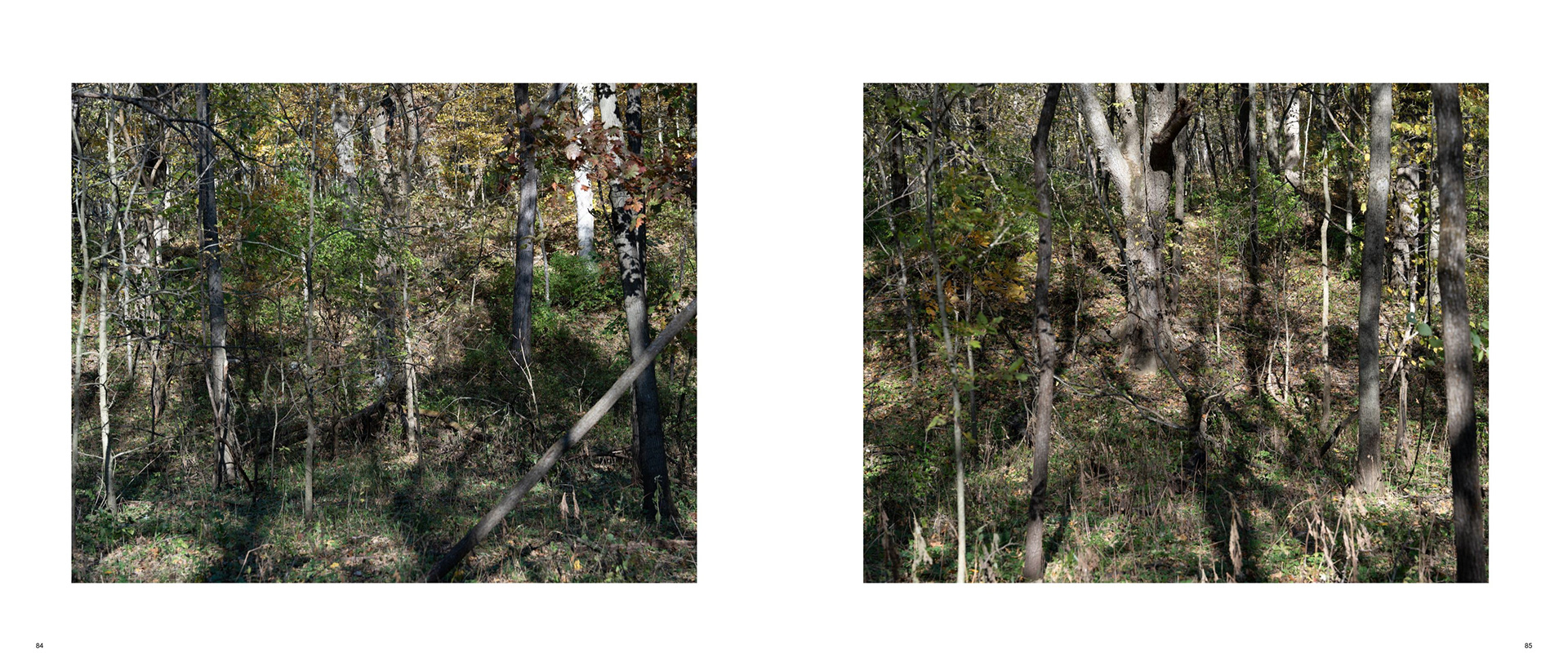
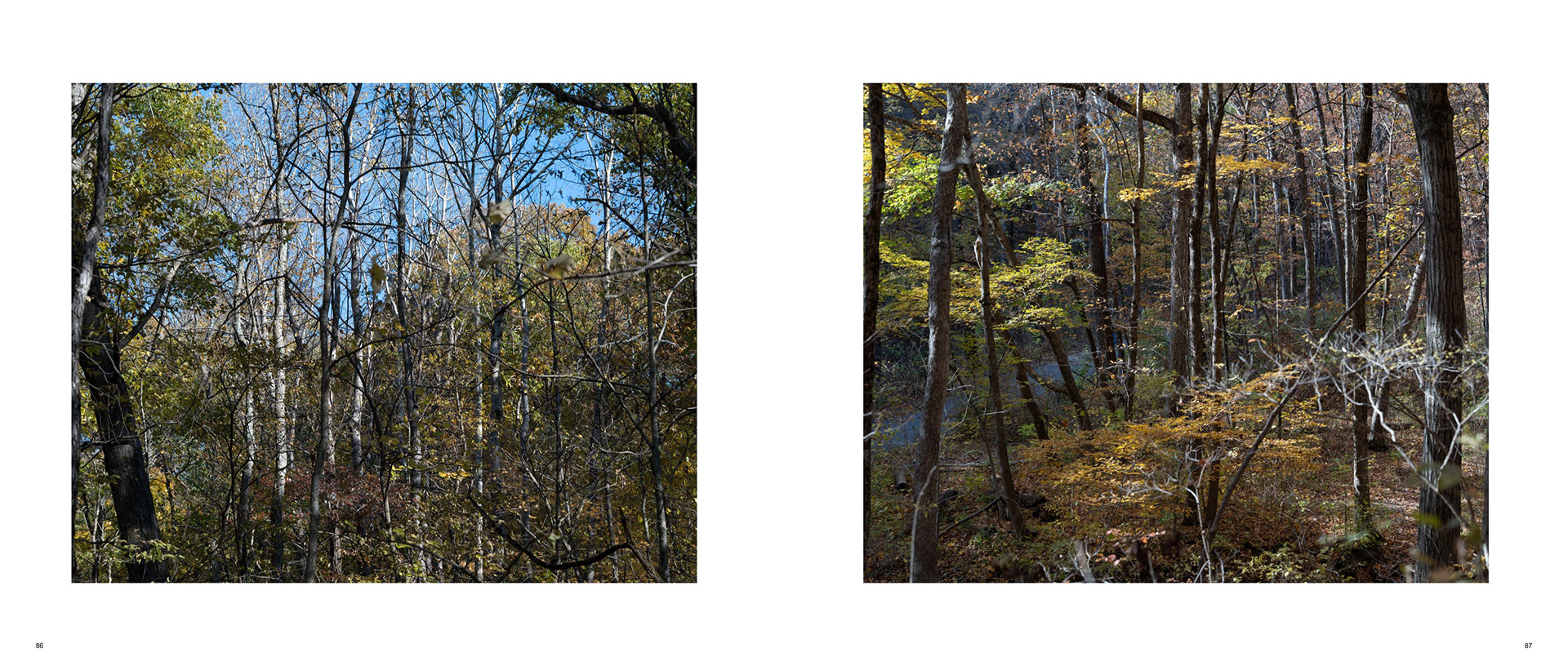
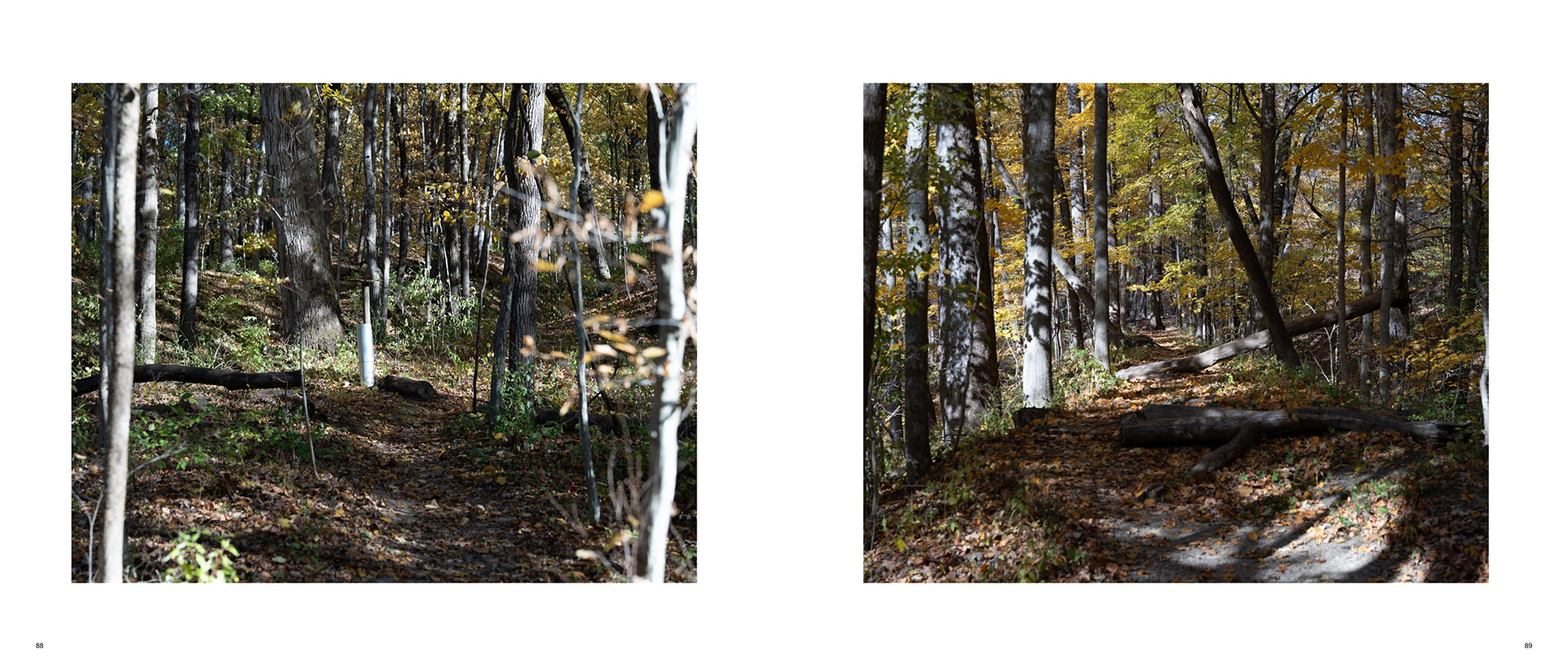
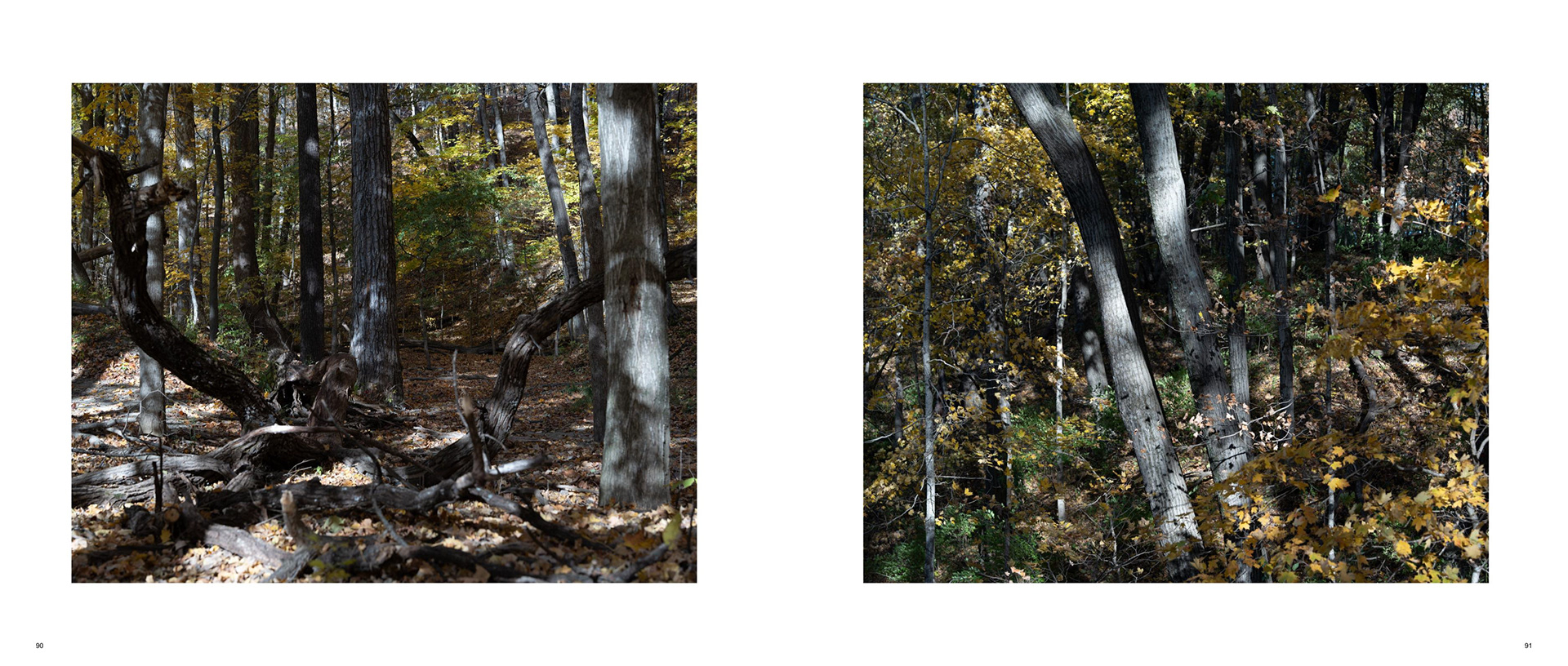

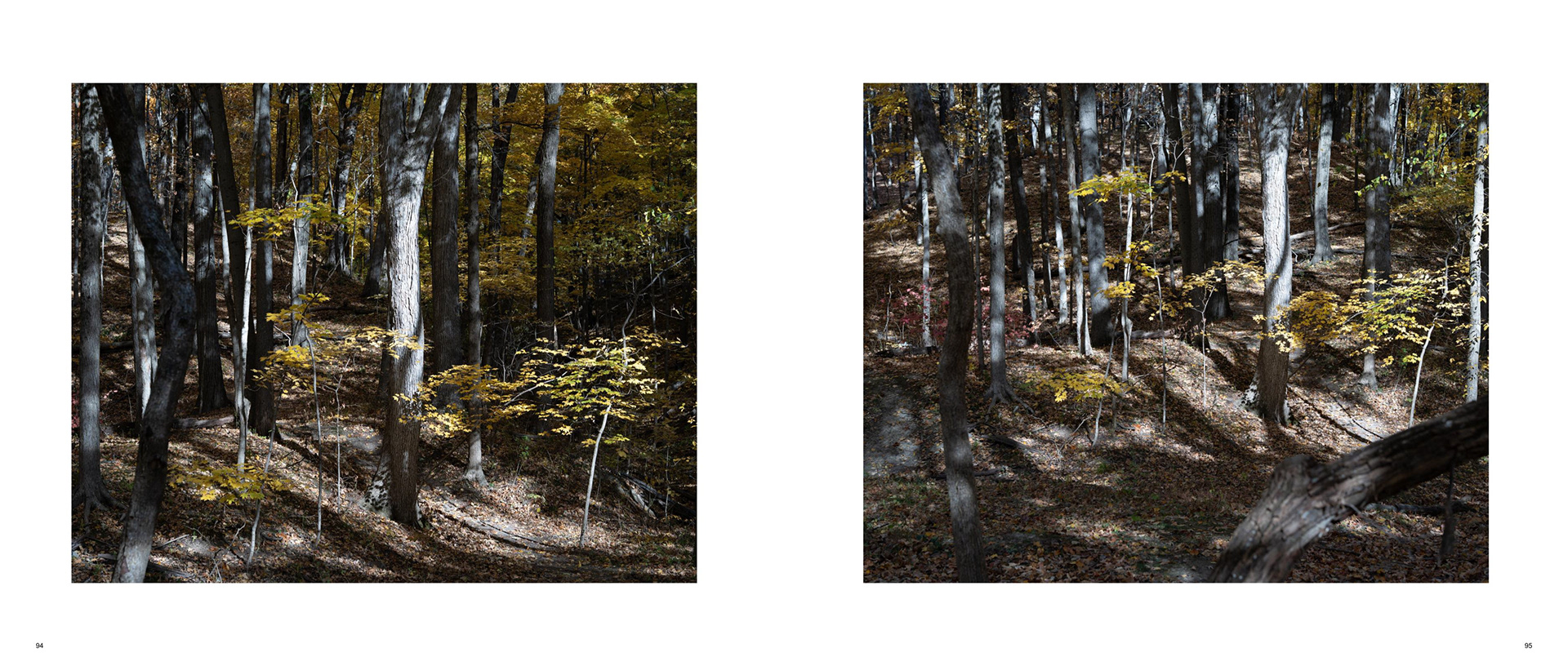



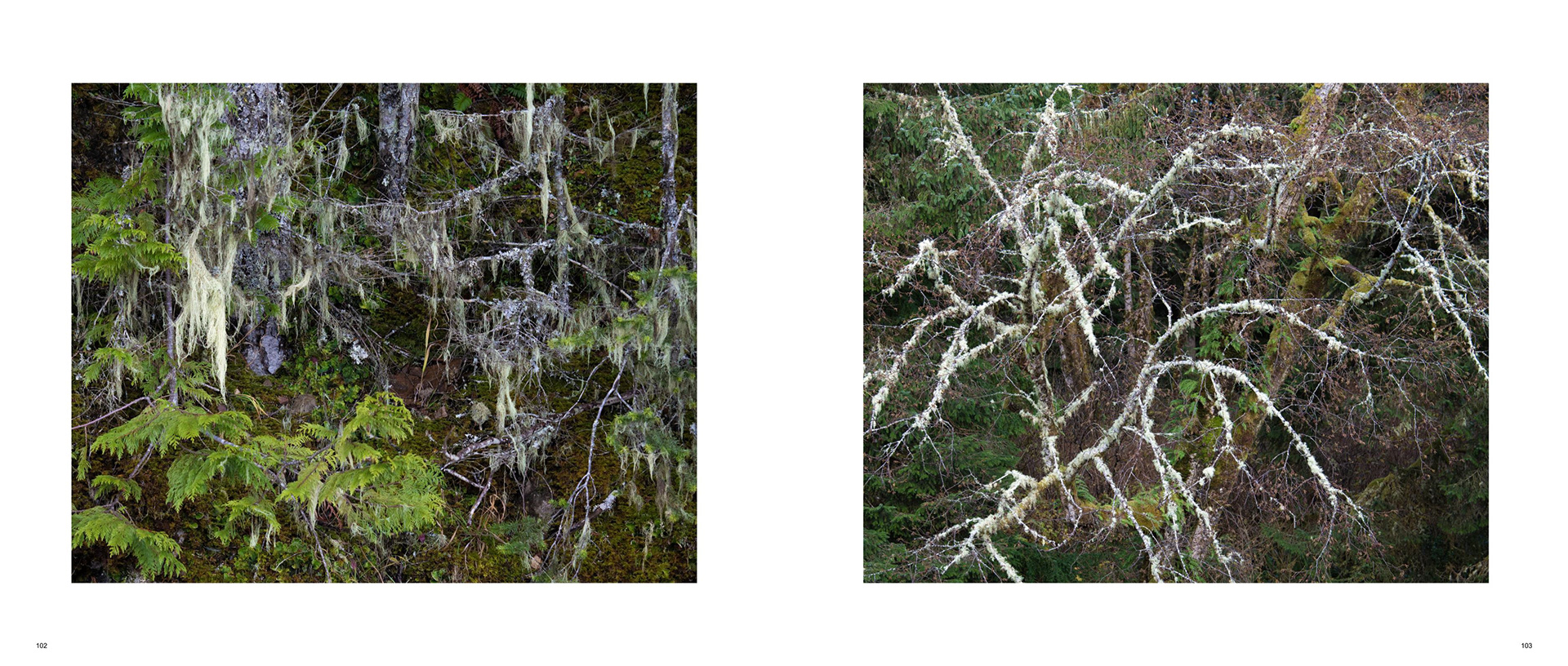
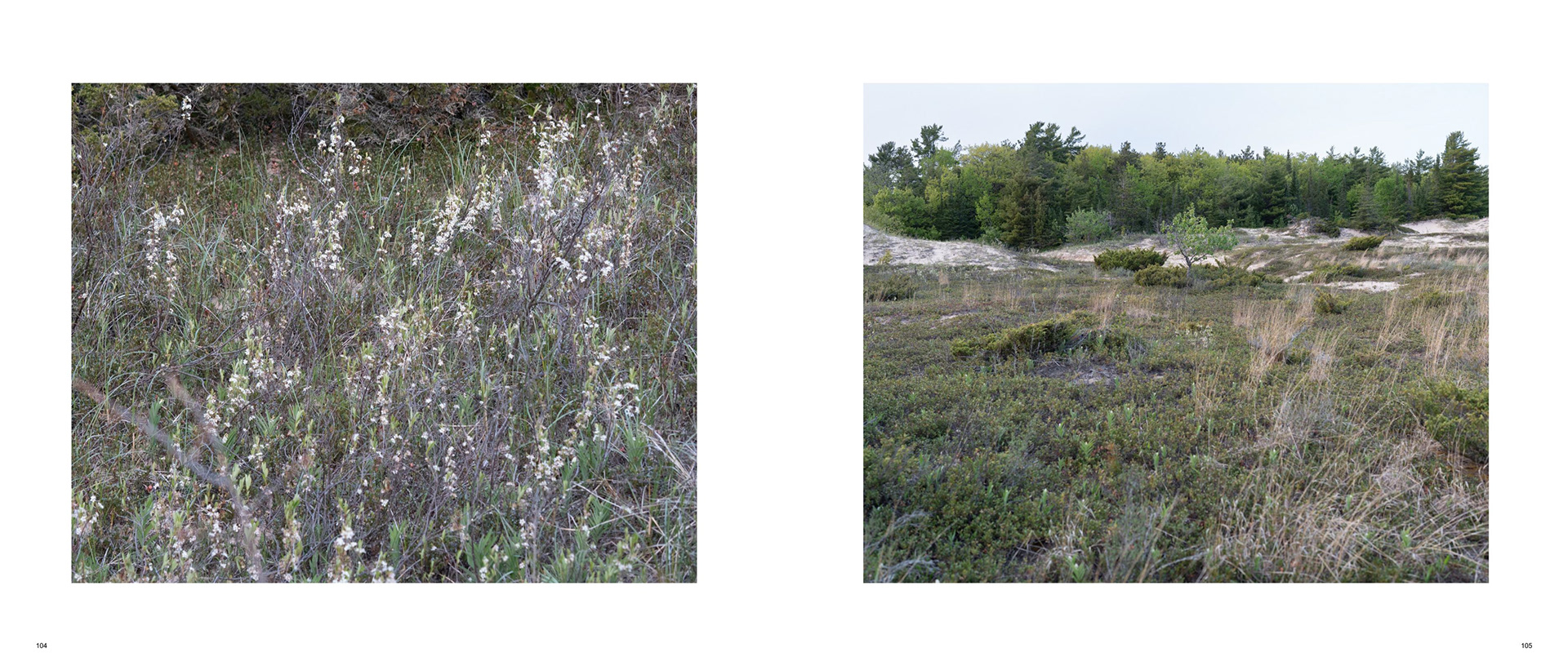
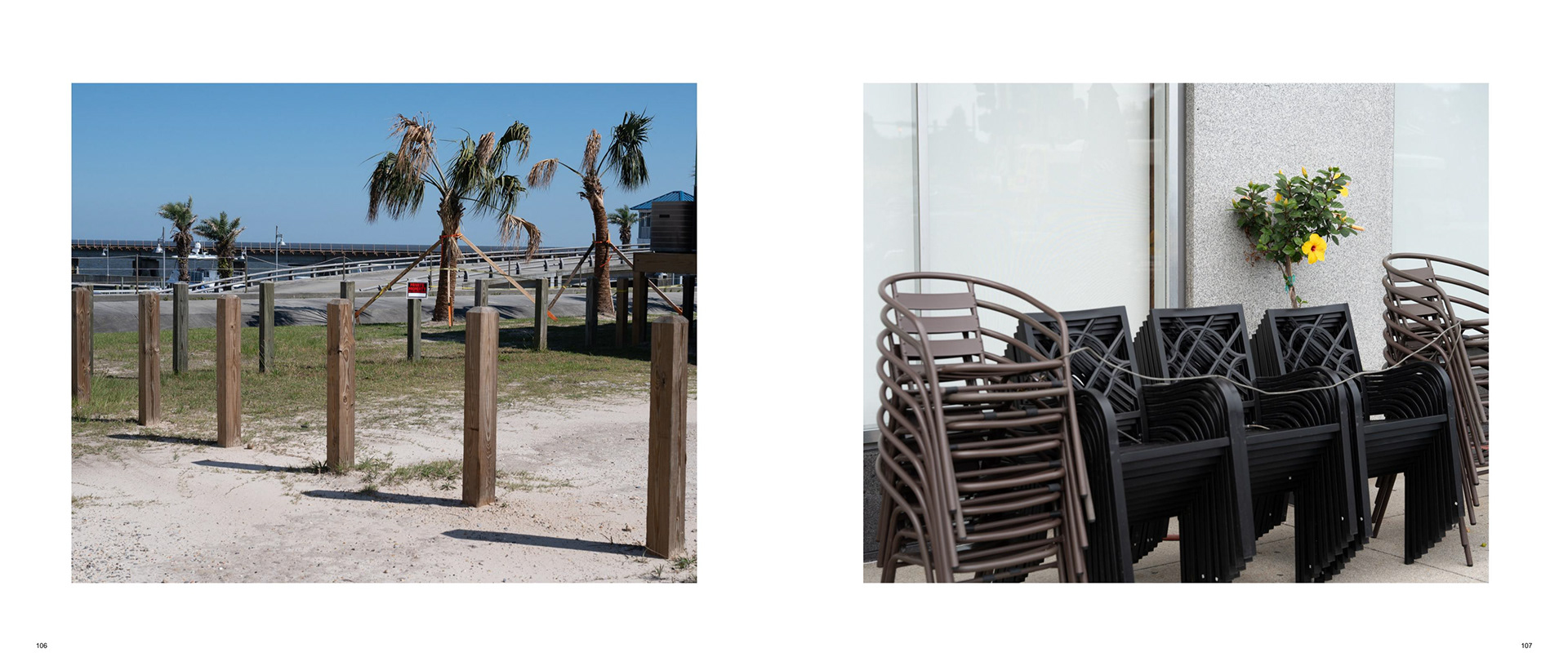

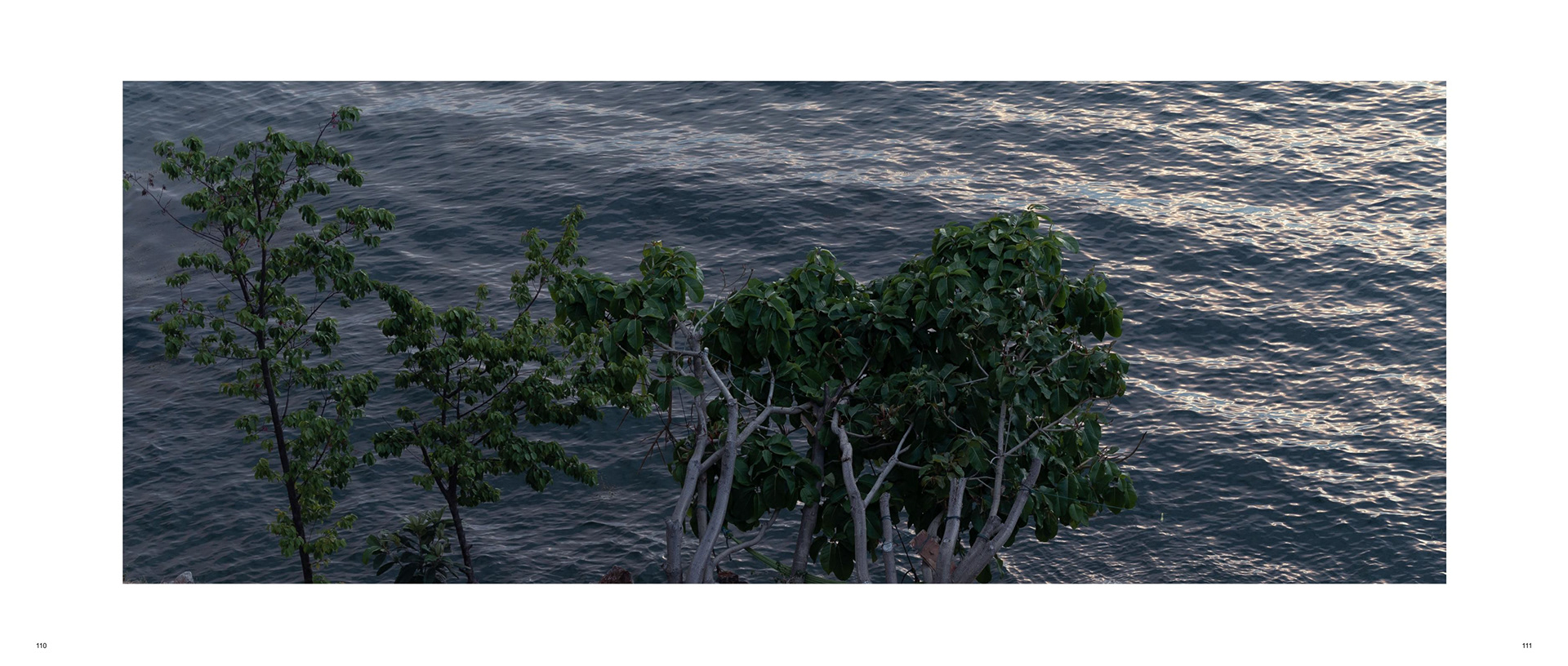
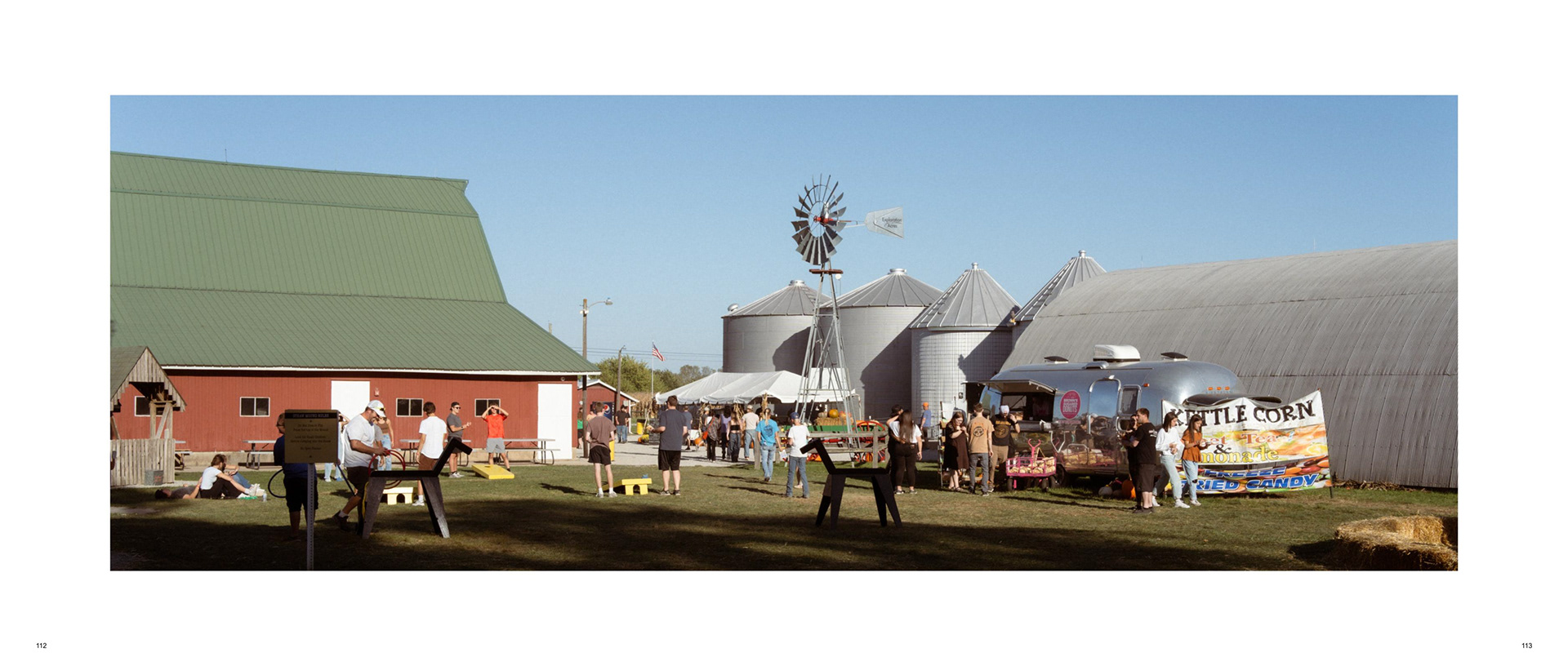
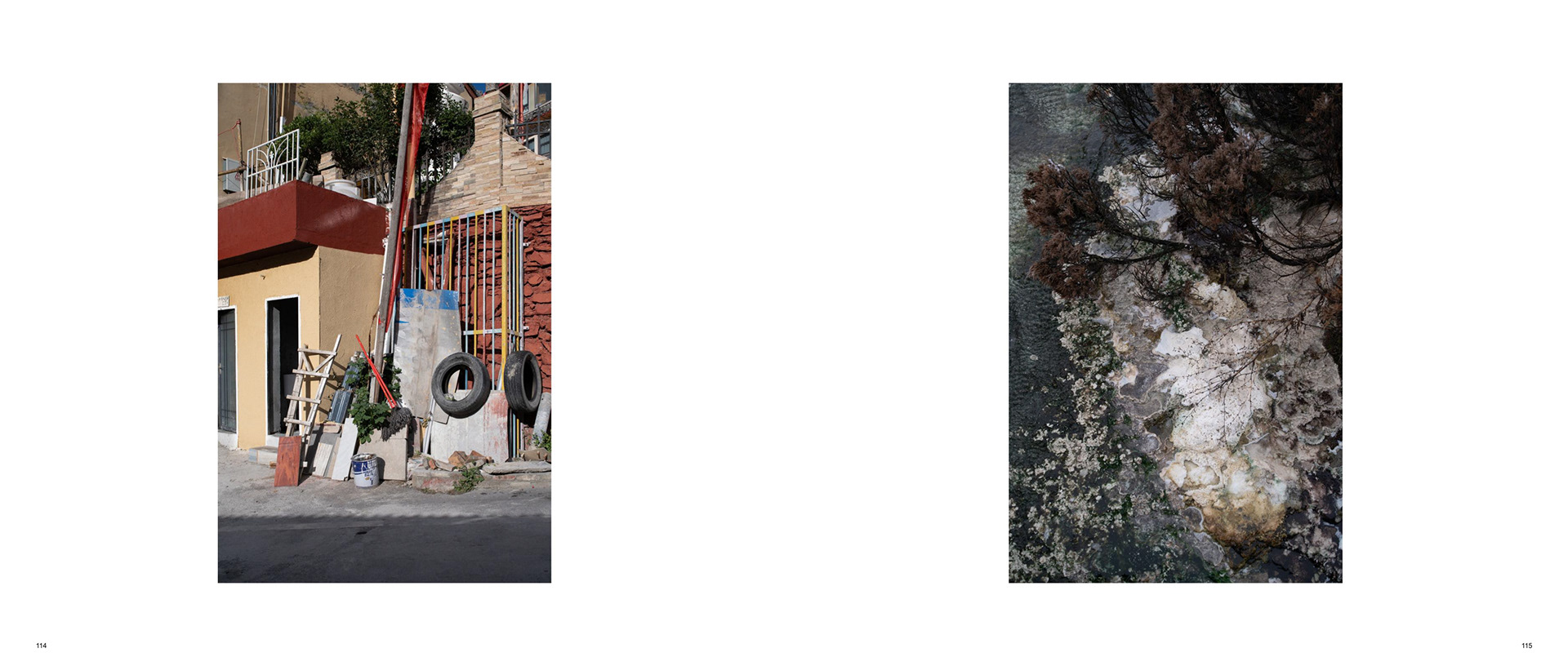


序言
这些图像来自近些年间的拍摄。再往前追溯,它们便不再是如今这般模样。
一个形式的形成,需要时间;而它的消失,也需要另一段时间。
在探索自我表达的过程中,什么才是"自我想要表达的"?
这是个复杂的问题——但也可以很简单。
当我们跳脱时间的限制,形式便开始变得清晰。
复杂,是因为我们总想在极短的时间内完成它。
就像这本影集,我用了两三个小时选出全部的照片。
但在那之前,我已无数次往复地筛选、放弃、重来。
在我的电子相册中,有各种名字的文件夹——
它们出现,又消失,又被新的相册取代。
我试着去制作一个能真正表达"我所想表达的"作品,
却屡屡失败。
所以是的,我的确只花了很短的时间,
但若把那些无数次的尝试都算上呢?
也许,这便是一个持续的摄影工程——
它仍在进行中。
脱离艺术史的支撑,我们还能创造新的艺术吗?
这种"不足感"与"无资格感"常在我心中浮现。
是否只有理解某个流派、继承它的形式,
才能迈入下一个阶段?
这是一个问题——但它不是向他人发问,
而是我对自己的提问。
当我不断为自己的图像贴上各种"风格"与"形式"的标签时,
我发现自己并无不同——
同样在挣扎于定义之中。
为何不让创造自然地呈现?
或许,这正是我体验艺术限制与突破的过程。
我想写下我在创作中感受到的多重压力——
来自社会、来自主流审美、来自专业领域。
在没有任何背景的"零"之处,我如何站起?
但当我真想申诉这一切时,我又觉得这是一种新的束缚。
写到这里,纸已用完,我换了新的纸继续写。
一张空白的纸能让我自由地挥笔,只要我不在意那些横线。
这些图像来自近些年间的拍摄。再往前追溯,它们便不再是如今这般模样。
一个形式的形成,需要时间;而它的消失,也需要另一段时间。
在探索自我表达的过程中,什么才是"自我想要表达的"?
这是个复杂的问题——但也可以很简单。
当我们跳脱时间的限制,形式便开始变得清晰。
复杂,是因为我们总想在极短的时间内完成它。
就像这本影集,我用了两三个小时选出全部的照片。
但在那之前,我已无数次往复地筛选、放弃、重来。
在我的电子相册中,有各种名字的文件夹——
它们出现,又消失,又被新的相册取代。
我试着去制作一个能真正表达"我所想表达的"作品,
却屡屡失败。
所以是的,我的确只花了很短的时间,
但若把那些无数次的尝试都算上呢?
也许,这便是一个持续的摄影工程——
它仍在进行中。
脱离艺术史的支撑,我们还能创造新的艺术吗?
这种"不足感"与"无资格感"常在我心中浮现。
是否只有理解某个流派、继承它的形式,
才能迈入下一个阶段?
这是一个问题——但它不是向他人发问,
而是我对自己的提问。
当我不断为自己的图像贴上各种"风格"与"形式"的标签时,
我发现自己并无不同——
同样在挣扎于定义之中。
为何不让创造自然地呈现?
或许,这正是我体验艺术限制与突破的过程。
我想写下我在创作中感受到的多重压力——
来自社会、来自主流审美、来自专业领域。
在没有任何背景的"零"之处,我如何站起?
但当我真想申诉这一切时,我又觉得这是一种新的束缚。
写到这里,纸已用完,我换了新的纸继续写。
一张空白的纸能让我自由地挥笔,只要我不在意那些横线。
聚合与分布
是我在此阶段所能看到、并想表达的内容。
它是一个"不重要的物"的集合,
一种"存在却不需要意义"的影集。
每个人看到的世界都不同,
即便看着同一幅图像,视角的差异也如此巨大。
因此,对我来说,内容仅仅在展示——
展示世界正在以这样的方式存在。
它可以是真实的,也可以是虚拟的。
"聚合"是我在这个过程中发现的核心概念。
我看到图像在描述一种现象:
主体与场景的对立,
分散与聚合的交替。
甚至这些"聚合"本身,也能成为主体。
它们在表现物质的本质:
存在与变化。
"聚合"对抗了人类主观对造物的期许。
它让形式自身密集、整合,不再为某种中心或目的而服务。
而艺术,常常试图透过形式去揭露"本质",
去追寻一个被定义的"纯粹"与"归一"的对象。
那是人类渴望在纷杂世界中找到确定性的本能。
但我所观察到的生活的本质,恰恰与此相反——
它包容一切:混乱与秩序、真实与虚拟、意图与偶然。
它并不试图回到某个唯一的核心,
而是在生成与消解之间,持续流动。
我们越是想构筑一个"纯粹"的概念,
越容易远离它本身的存在。
因为世界本就如此:
真实、混乱,却又完整无缺。
我们只有一个世界,只有一个生活。
而你所看到的"聚合与分布",
正是这个世界被感知、被观察、被体验的方式。
"聚合"揭示存在的浓度与形态;
"分布"则是摄影这一创造过程的外化——
它不是简单的视觉排列,
而是一种能量的散布,是个体在世界之中的运动轨迹。
摄影师在处理画面中所有元素的分布时,
其实也在面对世界整合万物信息的场。
每一次取景与构图,
都是在回应一种更宏大的分布逻辑——
一种不以人的意志为转移、
而由世界自身的秩序所引导的规律。
在这个意义上,
"分布"不仅是对外在世界的观察,
也是对内在意识的延展。
我在每一幅图像中,都与自然、人与物同在——
共同组成了这一场持续的整合与分离的运动。
当我走进树林,
树木与风、光、尘、声音、湿气一同聚合,
我们称之为森林。
而我,也在其中。
我感受它的过程本质——
那种声音在我体内回响,
仿佛世界本身正在用一种分布的方式说话。
这种声音并非来自某个单一的主体,
而是世界万物以自身规律自由表达的回声。
它不属于我,也不属于任何一个"中心"。
它只是存在——
在分布之中,在聚合之中,
以万物之名,呈现出创造的真实。
于是,当你翻阅这本影集,
你所看到的"分布",
既是我对世界的回应,
也是世界在我心中的回响。
它既客观,也主观;
既自然,也人为。
最终,它们在这片视觉的空间中,
重新汇聚为一体。
是我在此阶段所能看到、并想表达的内容。
它是一个"不重要的物"的集合,
一种"存在却不需要意义"的影集。
每个人看到的世界都不同,
即便看着同一幅图像,视角的差异也如此巨大。
因此,对我来说,内容仅仅在展示——
展示世界正在以这样的方式存在。
它可以是真实的,也可以是虚拟的。
"聚合"是我在这个过程中发现的核心概念。
我看到图像在描述一种现象:
主体与场景的对立,
分散与聚合的交替。
甚至这些"聚合"本身,也能成为主体。
它们在表现物质的本质:
存在与变化。
"聚合"对抗了人类主观对造物的期许。
它让形式自身密集、整合,不再为某种中心或目的而服务。
而艺术,常常试图透过形式去揭露"本质",
去追寻一个被定义的"纯粹"与"归一"的对象。
那是人类渴望在纷杂世界中找到确定性的本能。
但我所观察到的生活的本质,恰恰与此相反——
它包容一切:混乱与秩序、真实与虚拟、意图与偶然。
它并不试图回到某个唯一的核心,
而是在生成与消解之间,持续流动。
我们越是想构筑一个"纯粹"的概念,
越容易远离它本身的存在。
因为世界本就如此:
真实、混乱,却又完整无缺。
我们只有一个世界,只有一个生活。
而你所看到的"聚合与分布",
正是这个世界被感知、被观察、被体验的方式。
"聚合"揭示存在的浓度与形态;
"分布"则是摄影这一创造过程的外化——
它不是简单的视觉排列,
而是一种能量的散布,是个体在世界之中的运动轨迹。
摄影师在处理画面中所有元素的分布时,
其实也在面对世界整合万物信息的场。
每一次取景与构图,
都是在回应一种更宏大的分布逻辑——
一种不以人的意志为转移、
而由世界自身的秩序所引导的规律。
在这个意义上,
"分布"不仅是对外在世界的观察,
也是对内在意识的延展。
我在每一幅图像中,都与自然、人与物同在——
共同组成了这一场持续的整合与分离的运动。
当我走进树林,
树木与风、光、尘、声音、湿气一同聚合,
我们称之为森林。
而我,也在其中。
我感受它的过程本质——
那种声音在我体内回响,
仿佛世界本身正在用一种分布的方式说话。
这种声音并非来自某个单一的主体,
而是世界万物以自身规律自由表达的回声。
它不属于我,也不属于任何一个"中心"。
它只是存在——
在分布之中,在聚合之中,
以万物之名,呈现出创造的真实。
于是,当你翻阅这本影集,
你所看到的"分布",
既是我对世界的回应,
也是世界在我心中的回响。
它既客观,也主观;
既自然,也人为。
最终,它们在这片视觉的空间中,
重新汇聚为一体。
而在你翻阅时,
你会看到这些相对的概念——
真与假、俯视与平视、阴与阳、核心与边缘、
感受与想象、基建与装修、规划与散漫、
有意与无意、马路与人行道、主体与非主体、
稀疏与密集、明与暗、纵向与横向、
多余与恰到好处、扭曲与挺直、
平坦与陡峭、韵律与突兀、
向左与向右、新生与凋亡、
大与小、共生与占有、局部与整体、
合理与违和、平整的地砖与一地的稀泥、
真实与渲染、现实与虚拟、
对齐与错位、近与远……
整本影集,
就在这些聚合与分布之间,
不断涌现、又不断湮灭。
你会看到这些相对的概念——
真与假、俯视与平视、阴与阳、核心与边缘、
感受与想象、基建与装修、规划与散漫、
有意与无意、马路与人行道、主体与非主体、
稀疏与密集、明与暗、纵向与横向、
多余与恰到好处、扭曲与挺直、
平坦与陡峭、韵律与突兀、
向左与向右、新生与凋亡、
大与小、共生与占有、局部与整体、
合理与违和、平整的地砖与一地的稀泥、
真实与渲染、现实与虚拟、
对齐与错位、近与远……
整本影集,
就在这些聚合与分布之间,
不断涌现、又不断湮灭。
